Croatia has become a must-visit destination for tourists of all stripes. It hits the spot for Game of Thrones fans, archaeology buffs, and sun-seekers. My motivation for paying a visit to Croatia was, of course, much worthier. I wanted to take some pictures with my favourite camera gear.
I confess, a visit to Croatia was not ‘plan A’. That was a three-location trip to Greece, encompassing Athens, Mykonos, and Santorini. However, swarms of earthquakes plaguing Santorini earlier this year put the kibosh on that plan.
So, time for ‘plan B’: a picturesque, earthquake-free destination somewhat further up the Adriatic.
It would be unfair, and inaccurate, to label Croatia as second-best to anything. Hrvatska, as locals refer to it, is a spectacular country with a fascinating history. It also has a city with what must be one of the coolest names ever: Split.
A tale of two cities and three cameras
At a minimum, a visit to Croatia must involve a stay in each of its two most famous cities — the aforementioned Split, and Dubrovnik — both of which offer opportunities to visit other nearby scenic locations. In this first of a two-part account, I will cover picture-taking in Split.
I took three cameras with me. A Leica SL2, coupled with a LUMIX 20-60mm f/3.5-5.6, has become my standard travel kit. I have written about this L-Mount-Alliance pairing previously. The lens is light, sharp, and covers a versatile focal-length range. Importantly, it confers upon the chunky SL2 a ‘carry-around’ practicality.
I always take a Leica Q2 as a backup option, and for evening strolls in low light.
In a rush of blood to the head, I also decided a visit to Croatia merited inclusion of a Leica M240 and a couple of lenses. My thinking was to further strengthen my rangefinder skills, and tackle some street photography. I paired it exclusively with a recently acquired (used) Zeiss 25mm f/2.8 Biogon ZM lens. A 75mm Leica Summarit f/2.4 ended up sitting out the trip in my luggage.
This is not a review of these various kit options, but I will comment occasionally on aspects of their use.
Travel photos with a twist
Inevitably, I took plenty of what most people would consider ‘tourist’ shots.
However, having been inspired by recent Macfilos travelogues featuring superb photos of familiar destinations, I was also hoping a visit to Croatia would afford opportunities for a few ‘creative’ pictures. I would classify these as shots you could only take in that location, but that you would not typically see in a travel brochure.
Many thanks to Christopher West, Andrew Tobin, and Mark Catto for the nudge.
Split
The city of Split comprises several distinct locales where you might want to take photos: the town at large; the old town and Diocletian’s Palace; the forested and hilly Marjan Peninsula; and nearby islands, accessible by short ferry rides.
I felt the city had little to commend itself as a photography destination, so I spent my time in the other spots. Because they are so charming, the Old Town and Diocletian’s Palace are packed, even in May. Cruise ships dock in the nearby harbour, disgorging throngs of tourists who head for these very places.
I am all for including people in photographs, but when points of interest are obscured by bodies, it’s impossible to do them justice. How could I make a visit to Croatia and fail to capture pristine shots of its most famous sites?
Diocletian’s Palace
Split’s most visited site is Diocletian’s Palace. Although just about every Roman Emperor was unusual in some way, Diocletian was even more so. He was born in Dalmatia, began his career as a humble soldier, chose to share the role of Emperor with others, and in an unprecedented step, retired as Emperor. He spent his retirement at a palace he had commissioned in his native Dalmatia, in what is now Split.
Many features of Diocletian’s Palace are surprisingly well-preserved. Its centrepiece is the Peristyl (peristyle in English), a plaza enclosed by colonnades. The columns on three sides of the peristyle are still in place, and look magnificent. In the middle of the day, the Peristyl is choc-a-bloc with tourists.
Cosplay Roman soldiers tempt visitors to subject themselves to duels, or mock beheadings, with alarmingly realistic swords. It’s mayhem.
The early bird gets the shot
How could a photographer capture images of this sensational space, unencumbered by hordes of visitors? Answer: like Christopher West, get up early, forsake a nice refreshing cup of tea, and get there before the crowds.
I reached the Peristyl well before 7 am, when it was practically bereft of visitors. The sun had risen high enough to cast shadows of columns across the shiny flagstones of the plaza. I raced from corner to corner, capturing perspectives in the warm, early-morning sunshine. Veni vidi vici!
The Peristyl, from all the angles
It is a truly remarkable space, and I felt ecstatic, capturing it in all its glory.
Beyond the central plaza, the palace comprises numerous wings and architectural features. I took pictures at various times of day, but it was difficult to beat those taken early in the morning or towards the end of the day, when everything was bathed in golden light.
Old Town
The palace merges with Split’s old town, a higgledy-piggledy collection of narrow streets leading to a series of open squares. I hunted for views in which silhouetted figures, caught in the light, were framed by the dimly lit shops and homes lining the streets.
Although usually inclined to cropping portrait-mode images to a 5×4 aspect ratio, I tried a different approach this time. To emphasise the vertical dimension, I cropped to 16×9. I think this works well for these vertical landscapes. It incorporates more of the flagstone reflections and bright walls beyond the subject.
The shiny flagstones underfoot were everywhere, the result of feet, over centuries, trudging along these streets, perhaps conveying a local inhabitant to an ancient appointment.
So, I went looking for other ways to use these reflections in my compositions.
The lowdown
A drawback of the SL2 is the lack of a tilting rear screen, which has been incorporated in its successor, the SL3. Although I usually have no qualms about sitting down to take a low shot, I decided to play it safe on this occasion. So, I resorted to holding the camera low to the ground, with my zoom set to 60mm, and shooting blind.
It worked! I was able to capture reflections in the flagstones and exploit leading lines from gutters, street lights, and buildings, to aid the composition. I took more shots of this type when I reached Dubrovnik, which I will share in due course.
As I wandered around old town on my early morning perambulation, I came across an archway, leading to the harbour-side promenade, called The Riva. Sunlight had just begun illuminating the East-facing side of the arch. I was sure that people would stroll to and fro through the arch on their way to work. So, I positioned myself to snag a photograph as they passed through the portal.
This one has the cleanest alignment of a subject framed in the opening. I took a number of similar photos over two mornings, with people positioned differently relative to the patch of light. Here’s a triptych assembled from the ones I liked best.
Marjan Peninsula
Just to the north of old town lies a hilly, wooded are called the Marjan Peninsula. We took a guided e-bike ride through the peninsula, pausing at scenic lookouts. I took a Q2, as a compact option, slung across my chest. The views of Split and the coastline were spectacular, and the camera’s 28mm field-of-view gave pretty good coverage.
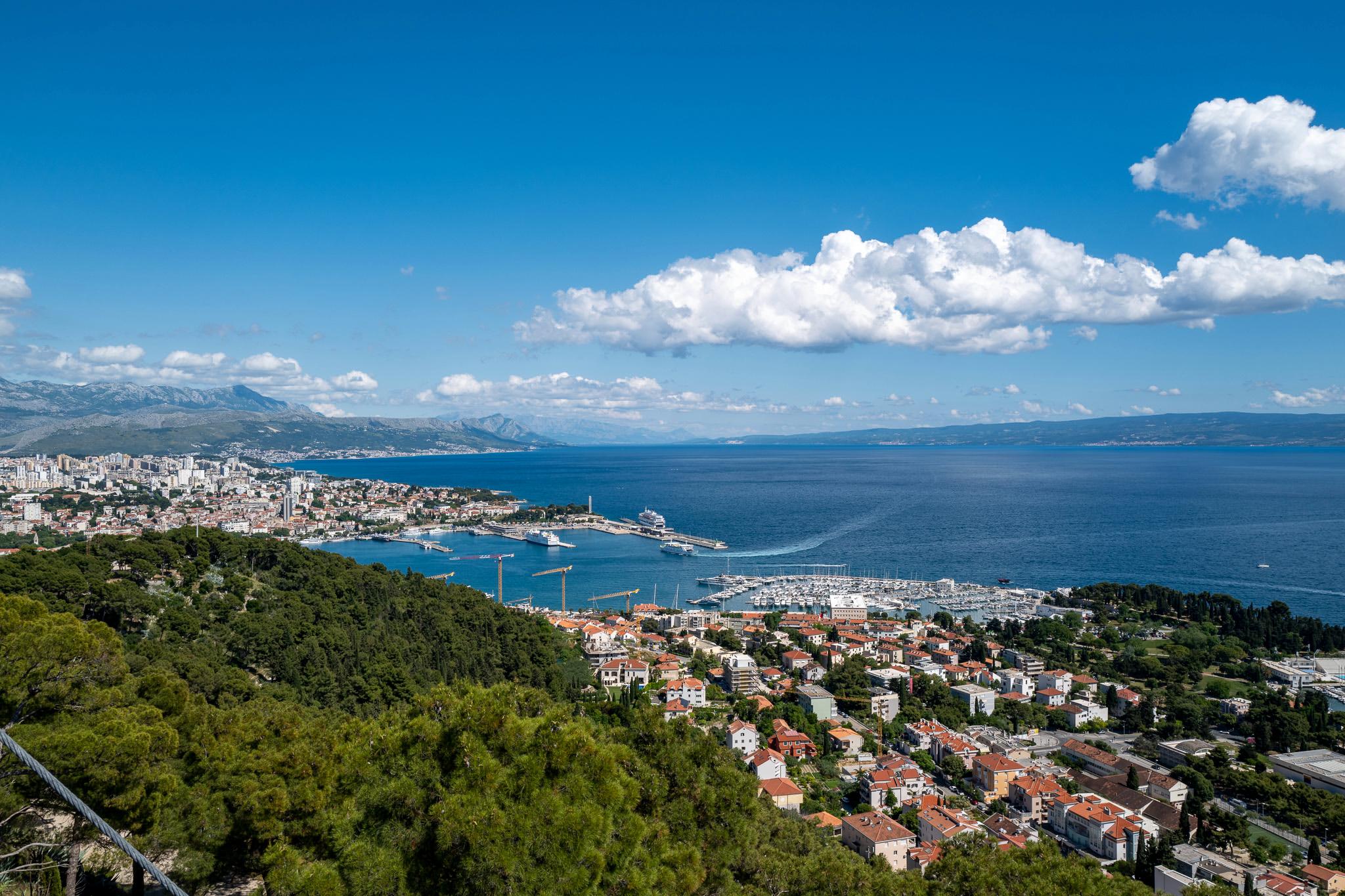
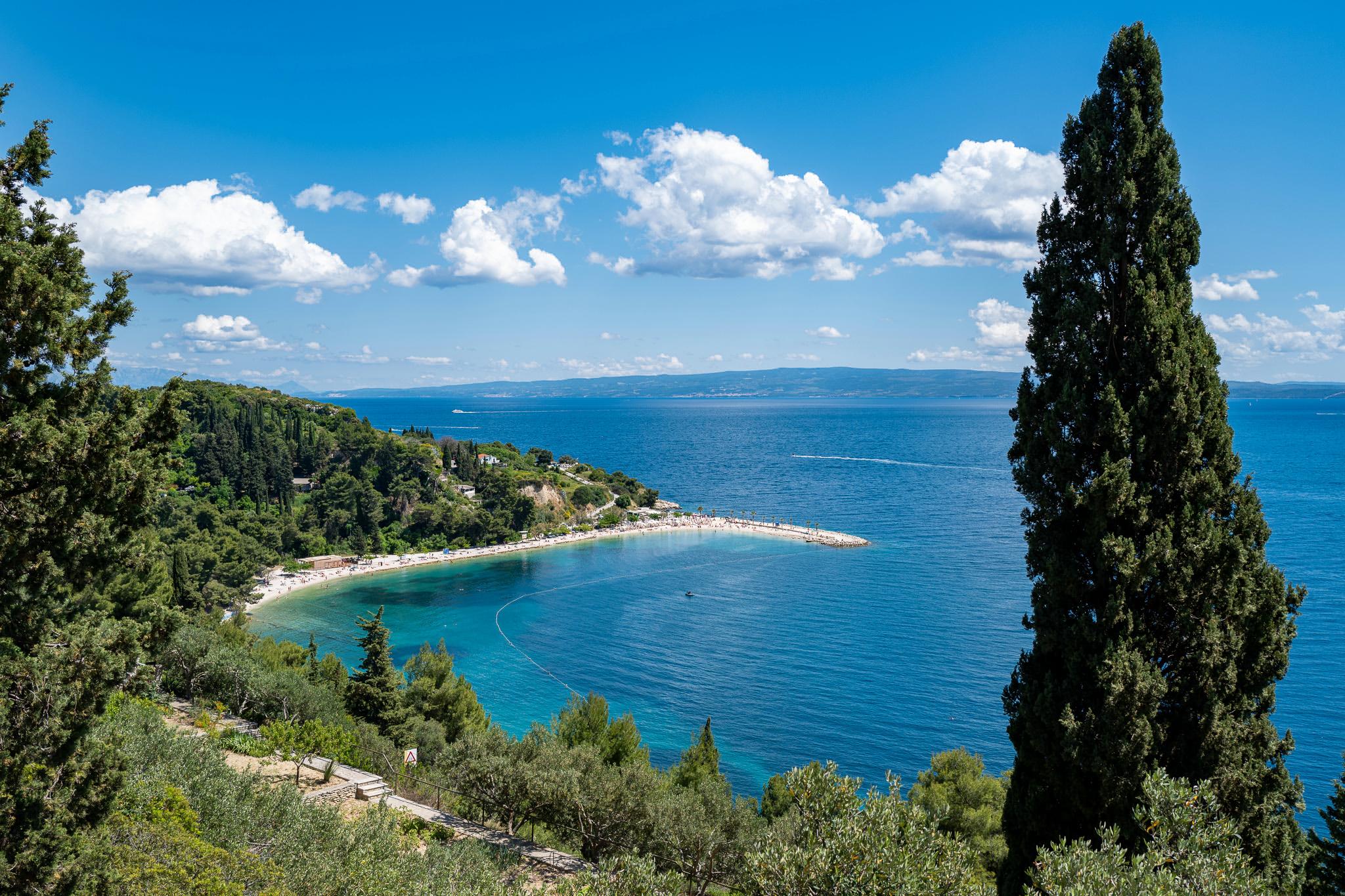
At one of our stops, a trail past a thick grove of agave led us to a small church, built on a hillside bluff. Above the charming church building was a narrow dwelling, built into the rocky cliff. It exploited a narrow cave, and over the centuries had been occupied periodically by a series of hermits.
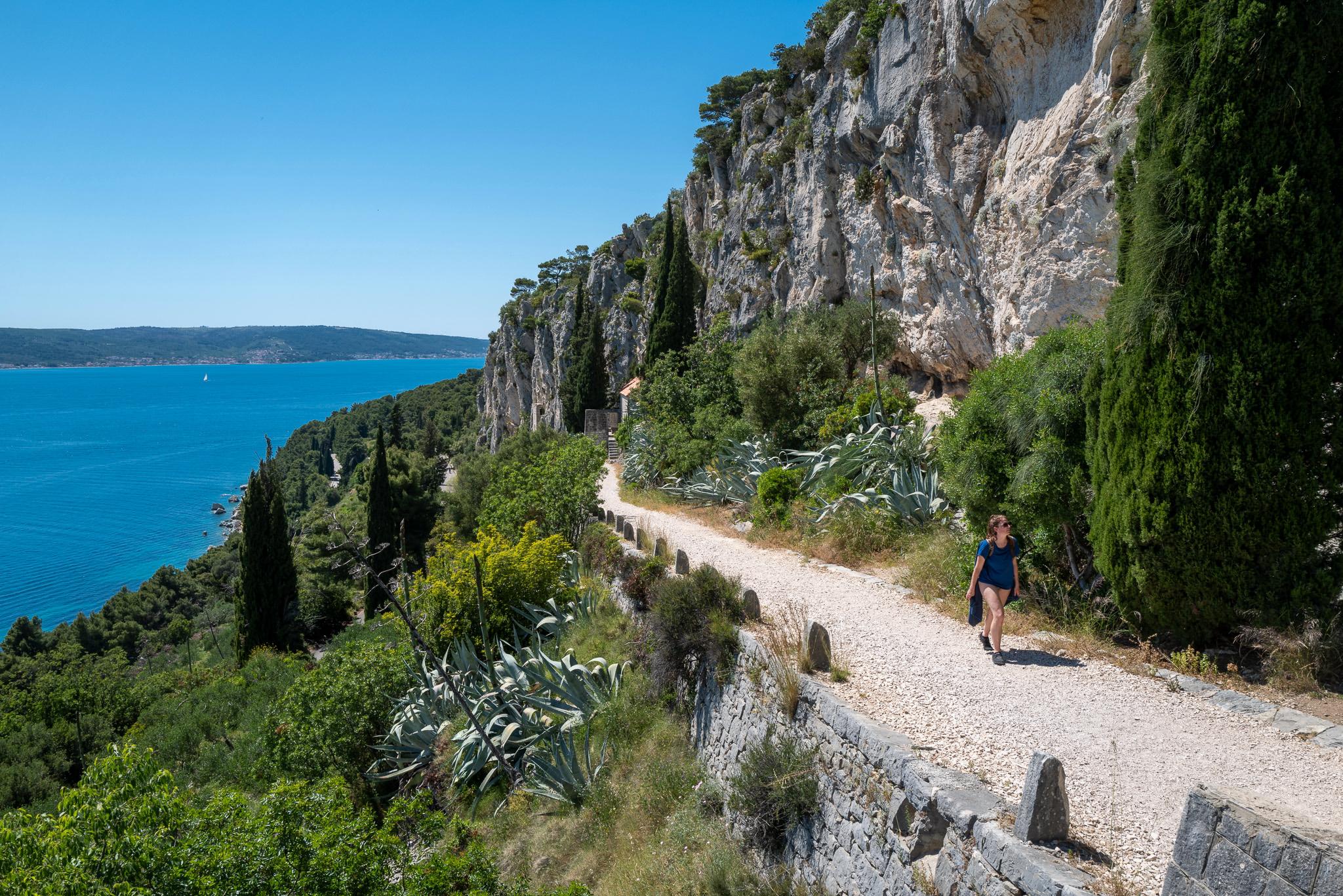
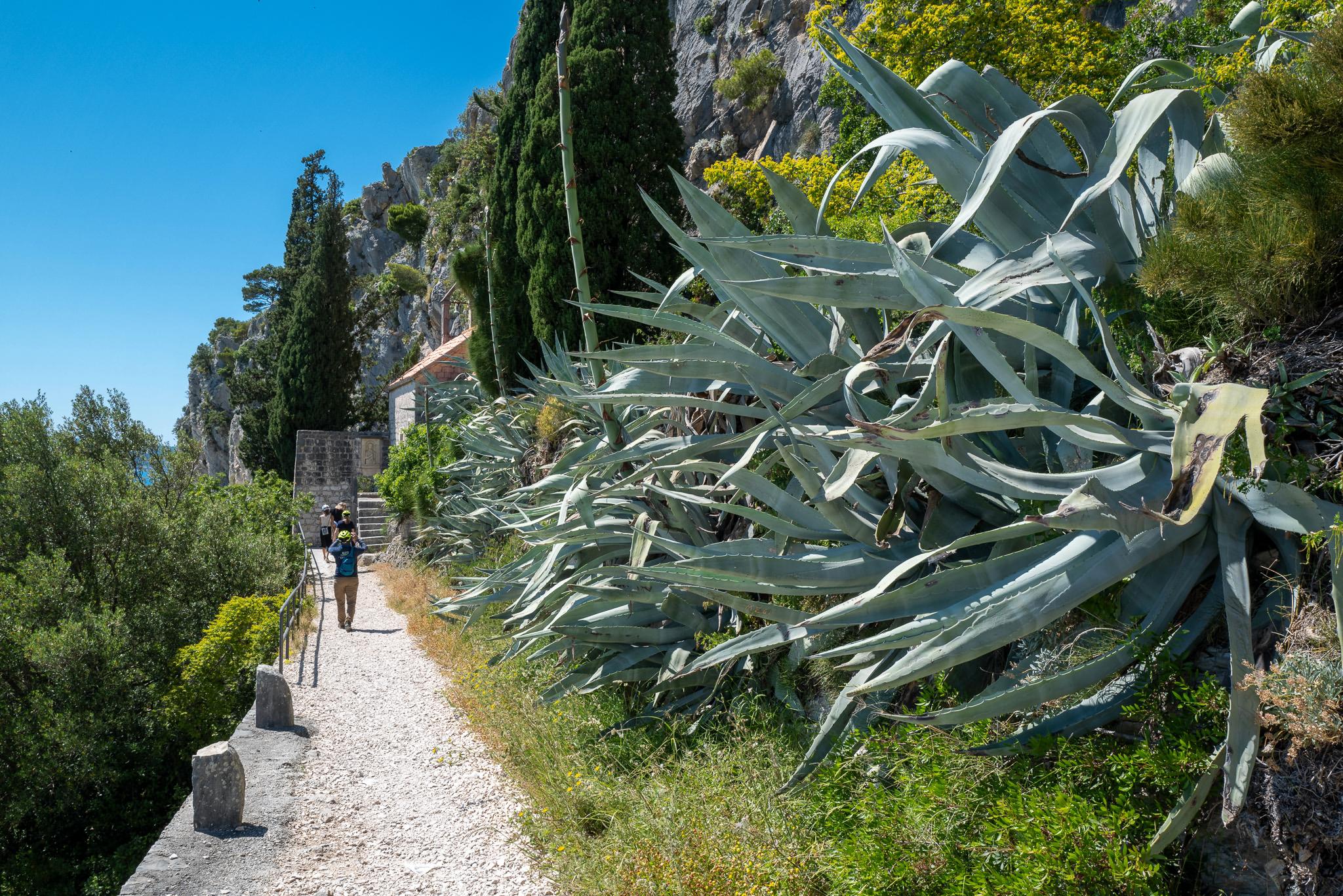
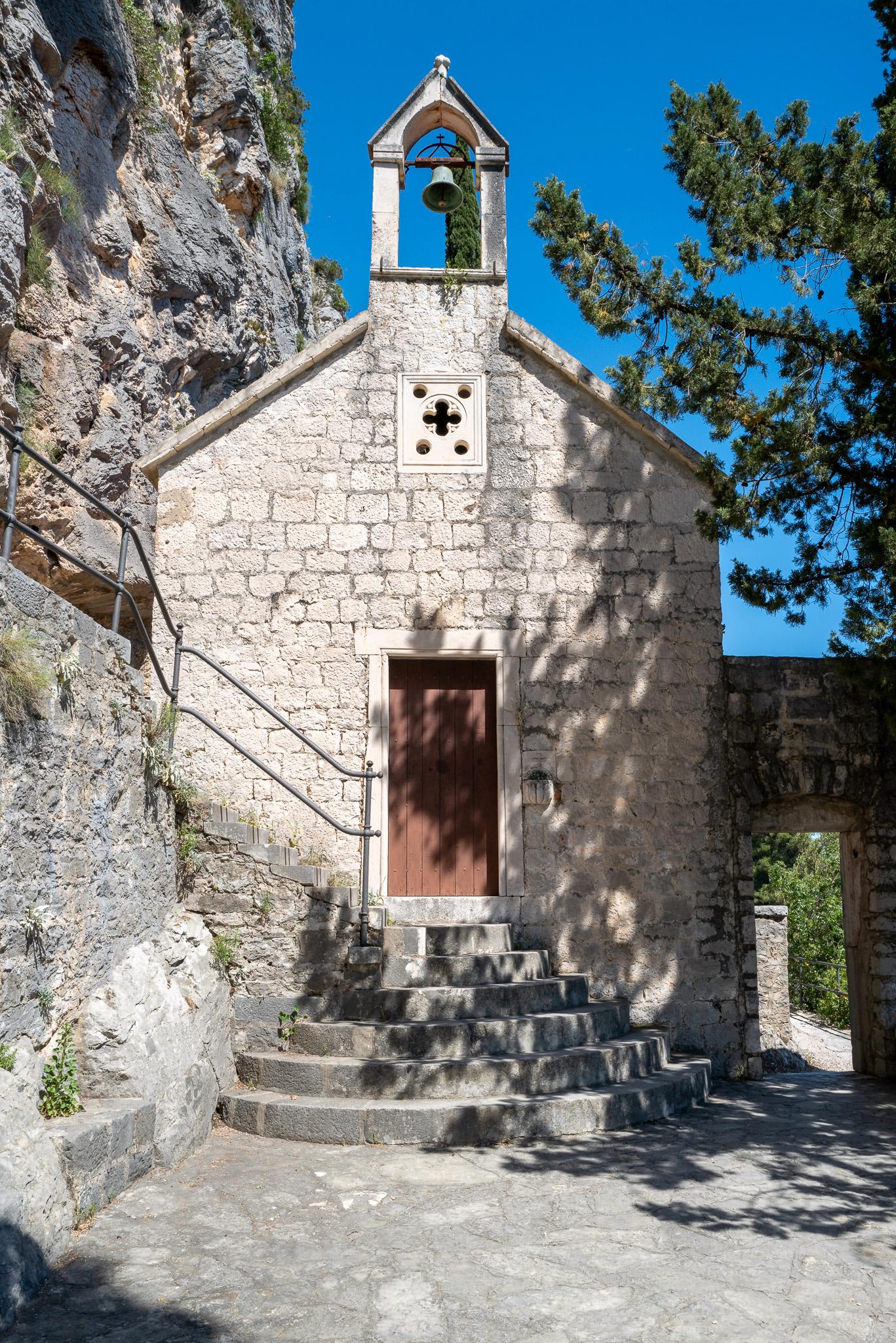
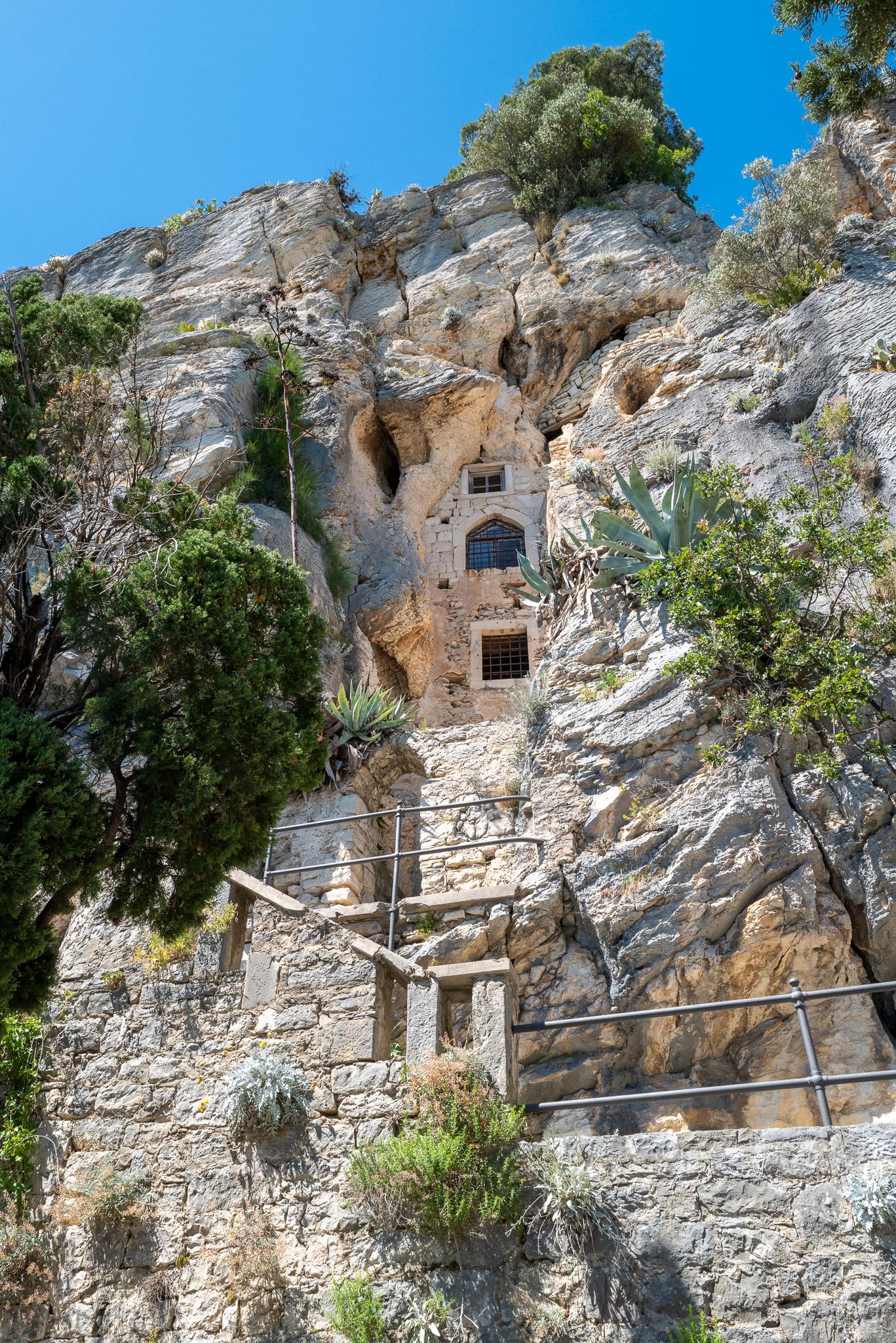
It would have made a unique Airbnb rental, with stellar views, but was unfortunately closed to the public.
Hvar, Hvar
Just off Croatia’s long Adriatic coastline sits a series of islands, home to both local industries and charming cities. A second excursion, via a one-hour ferry ride, took us to the town of Hvar, on the island of Hvar.
By a remarkable coincidence, the ferry docked just as the UltraSwim 33.3 event was finishing. As the name suggests, this is a long-distance swimming competition. The course, from Stari Grad to Hvar, is indeed 33.3 km, taking place in five stages over four days.
The contestants, each wearing an aqua swim cap and trailing a bright pink float for visibility, made quite a sight. Apparently, swimmers come from all over the world for this event. A visit to Croatia expressly to swim 33.3 km? Absolutely.
Hvar itself is gorgeous. It sits on an inlet, protected by a string of small offshore islands, and is surrounded by steep hills. Unsurprisingly, given its unique setting, it has been occupied by Greeks, Romans, Venetians, Ottomans, and just about every colonizing empire, since neolithic times.
As well as ferries from the mainland and other islands, the harbour is dotted with fishing boats and recreational craft. High on the hill above the town sits a castle, with commanding views over the town and nearby islands.
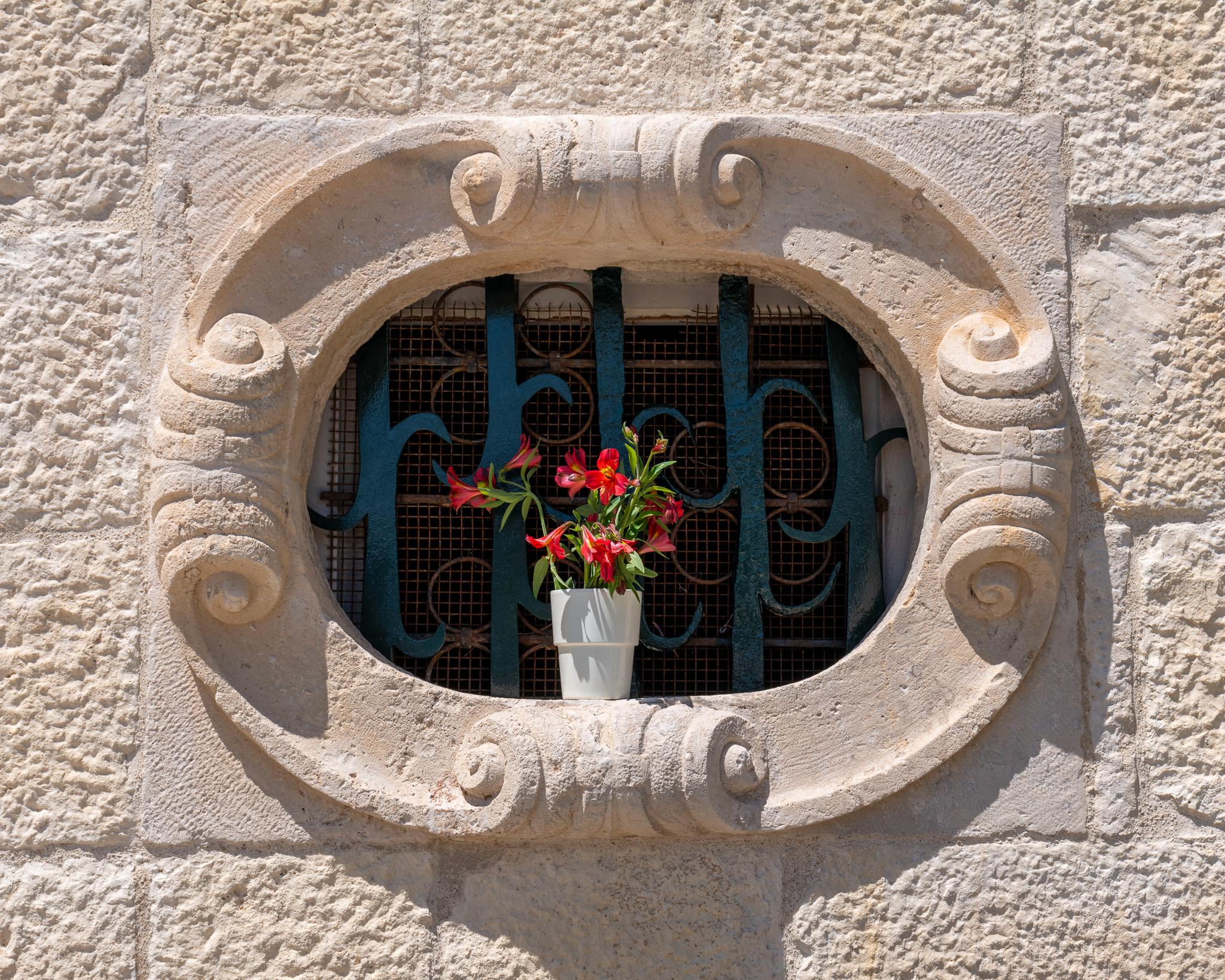
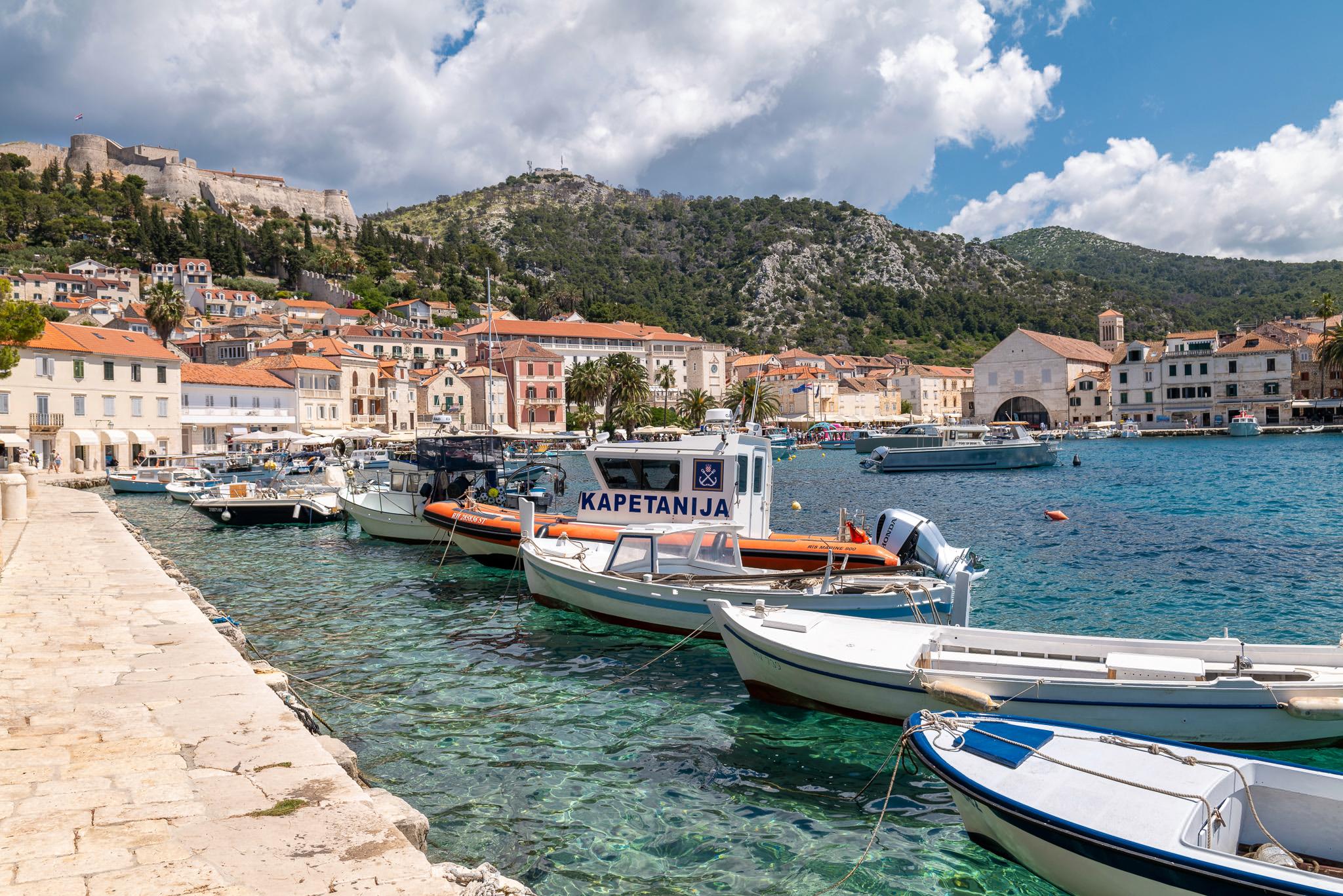
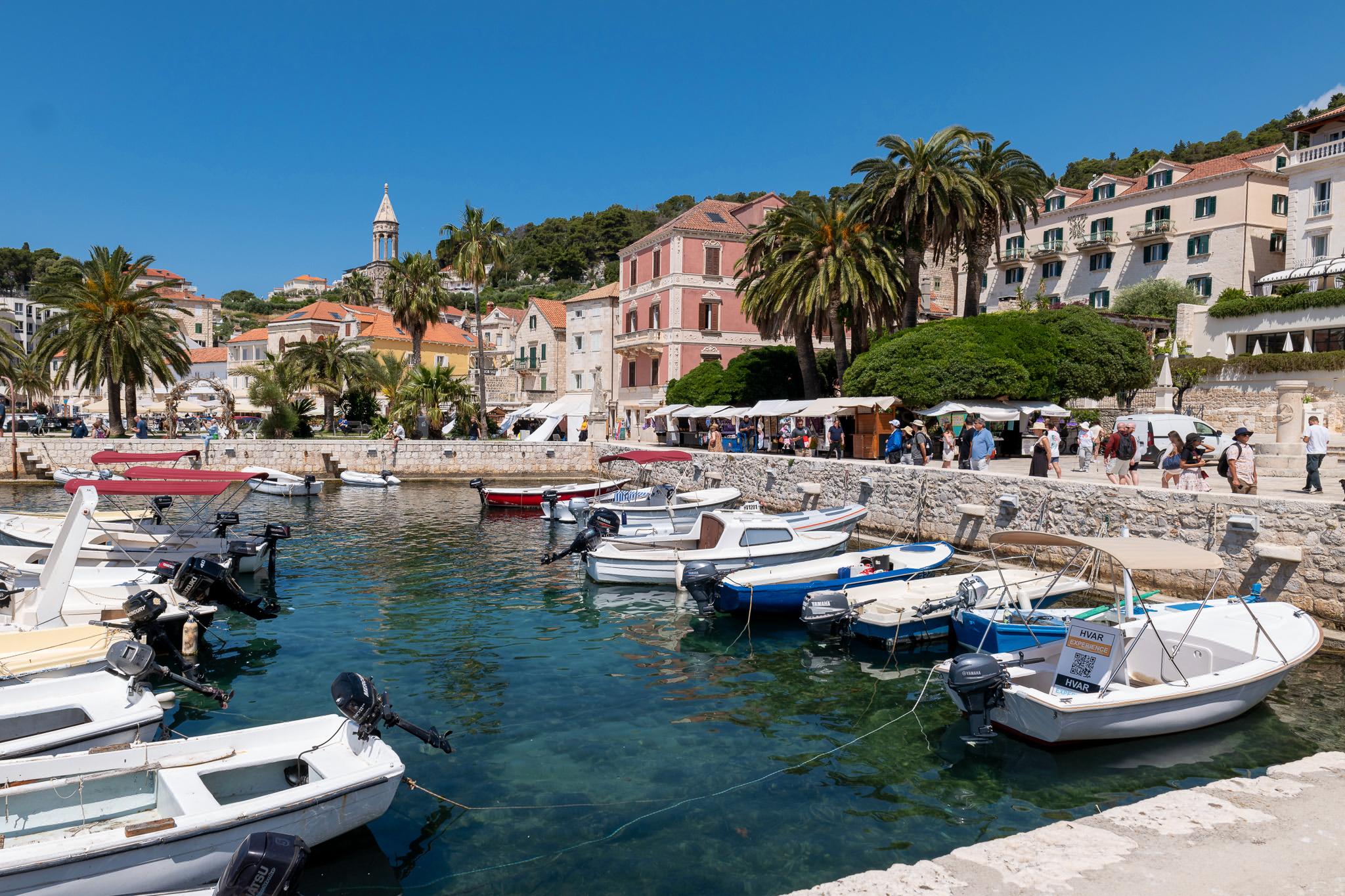
We spent a few hours wandering around the harbour and nearby streets before grabbing a spot of lunch and heading back to Split. Under different circumstances, I would have explored further and hiked up the hill to the castle. However, as many readers will appreciate, it’s important to strike a balance between relaxation in the company of others, versus relentless pursuit of the next photograph.
Cocktail time; it must be 5 o’clock somewhere…
A visit to Croatia would not be complete without sampling some local hostelries. While exploring the old town, I stumbled upon a marvellous cocktail bar. It was decorated in a Picasso-inspired, pseudo-cubist style, with heavily decorated walls. Illuminated shelves, stacked with brightly coloured bottles of liquor, sat behind and across from the bar.
Whoever came up with the idea of putting Bombay Sapphire Gin in a pale blue glass bottle was clearly a marketing genius. It’s an obligatory feature in any such display, and in this case, was represented multiple times.
As someone who has recently developed an interest in mixology, I was intrigued to compare my efforts with those of an expert. I was delighted to observe that those Negronis were chilled using a crystal clear 2×2×2-inch ice cube: the mark of a serious cocktail bar in my view. Creating these frozen works of art requires some patience and trickery, so many bartenders are tempted to cut corners and use cloudy ice cubes. Sacrilege.
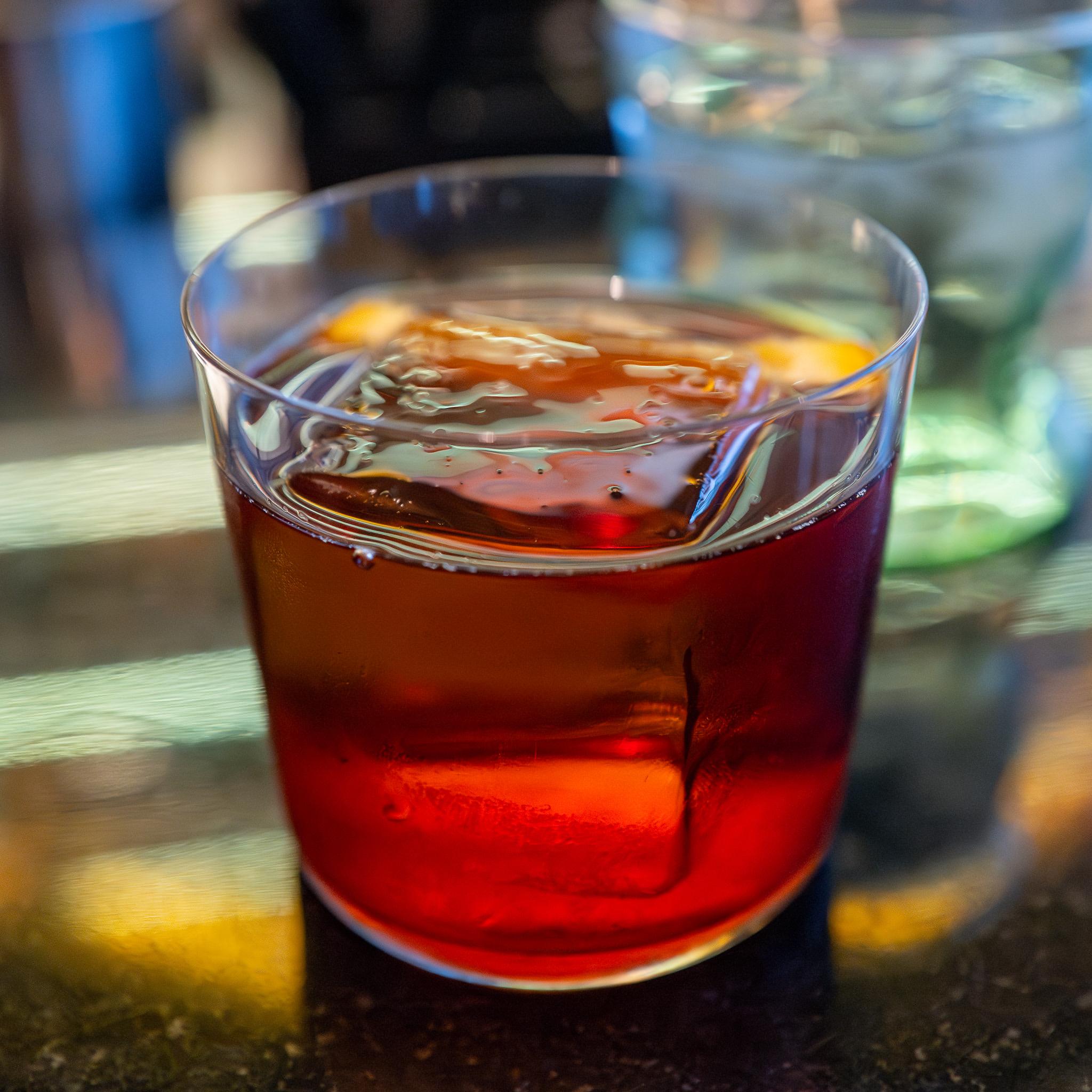

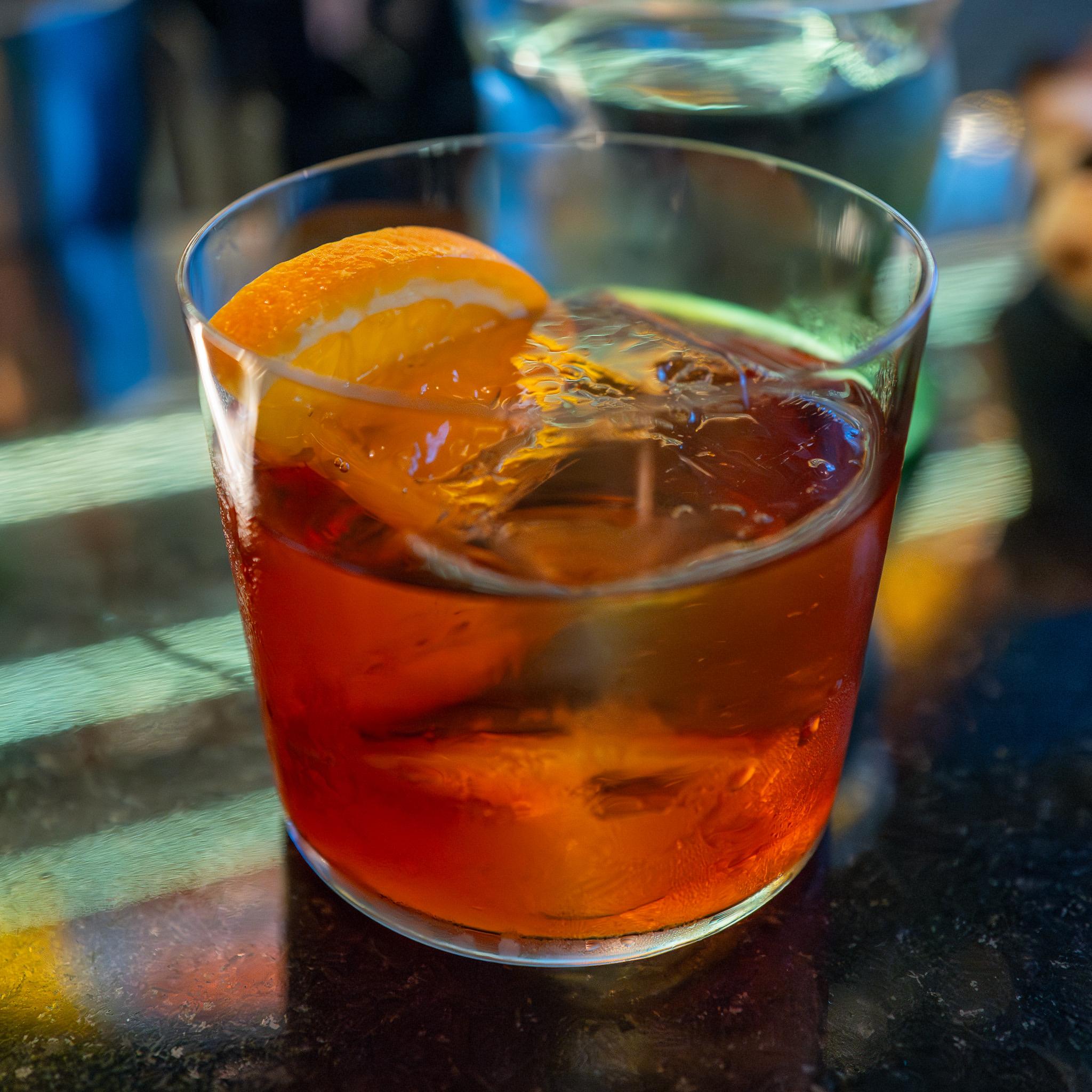
Both my Negroni and a Manhattan-like cocktail, called ‘Echoes of Cubism’, were excellent. I photographed them using the macro-feature on the Q2, so you can admire the transparency of those ice cubes.
Time to split
I can highly recommend including Split and its environs in a visit to Croatia. It is a superb photography destination. As long as you can avoid the crowds, it’s a glorious place to spend time. I understand that the hordes of people are even worse in July, and the weather brutal. So, early or late in the season is the time to visit.
Our next stop, and the subject of my next article, was Dubrovnik. Can it match what Split has to offer the photography enthusiast? You will soon be able to judge for yourself.
| Read more from Keith James | Yet more about Croatia |
| More Macfilos coverage of Croatia | Further Diptych photography |
Make a donation to help with our running costs
Did you know that Macfilos is run by five photography enthusiasts based in the UK, USA and Europe? We cover all the substantial costs of running the site, and we do not carry advertising because it spoils readers’ enjoyment. Just a small one-off or regular donation will be appreciated, and we will write to acknowledge all donations.

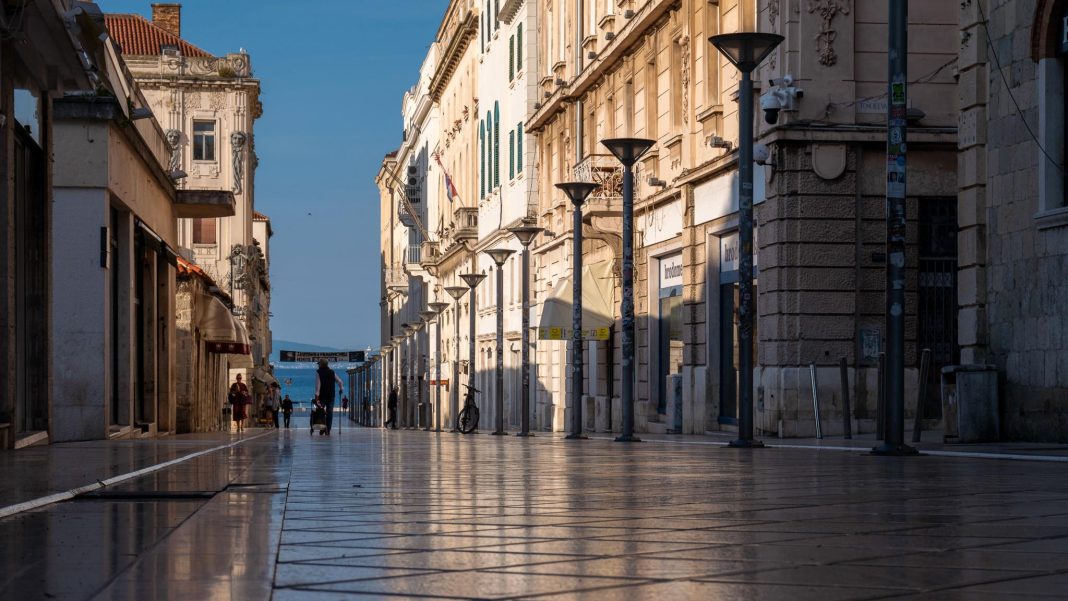
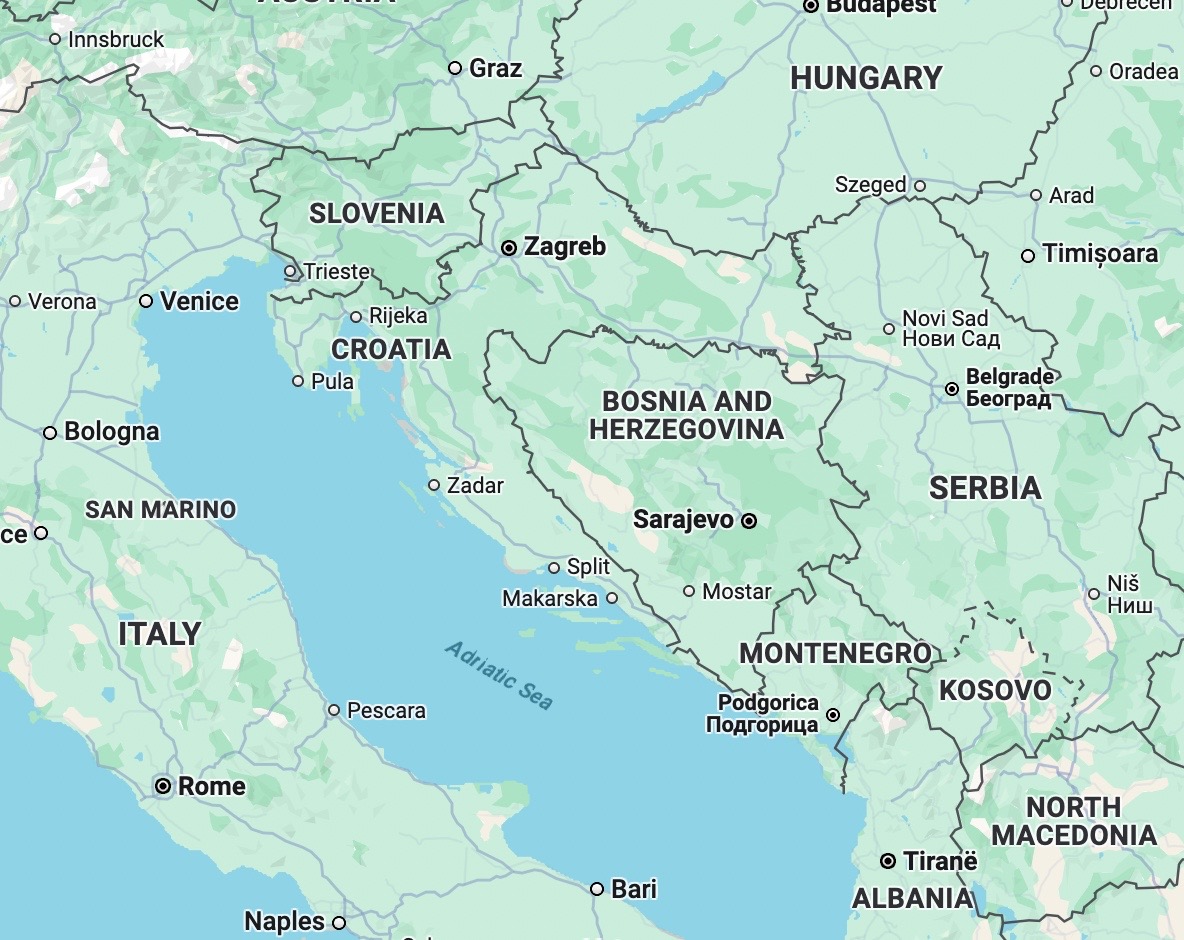
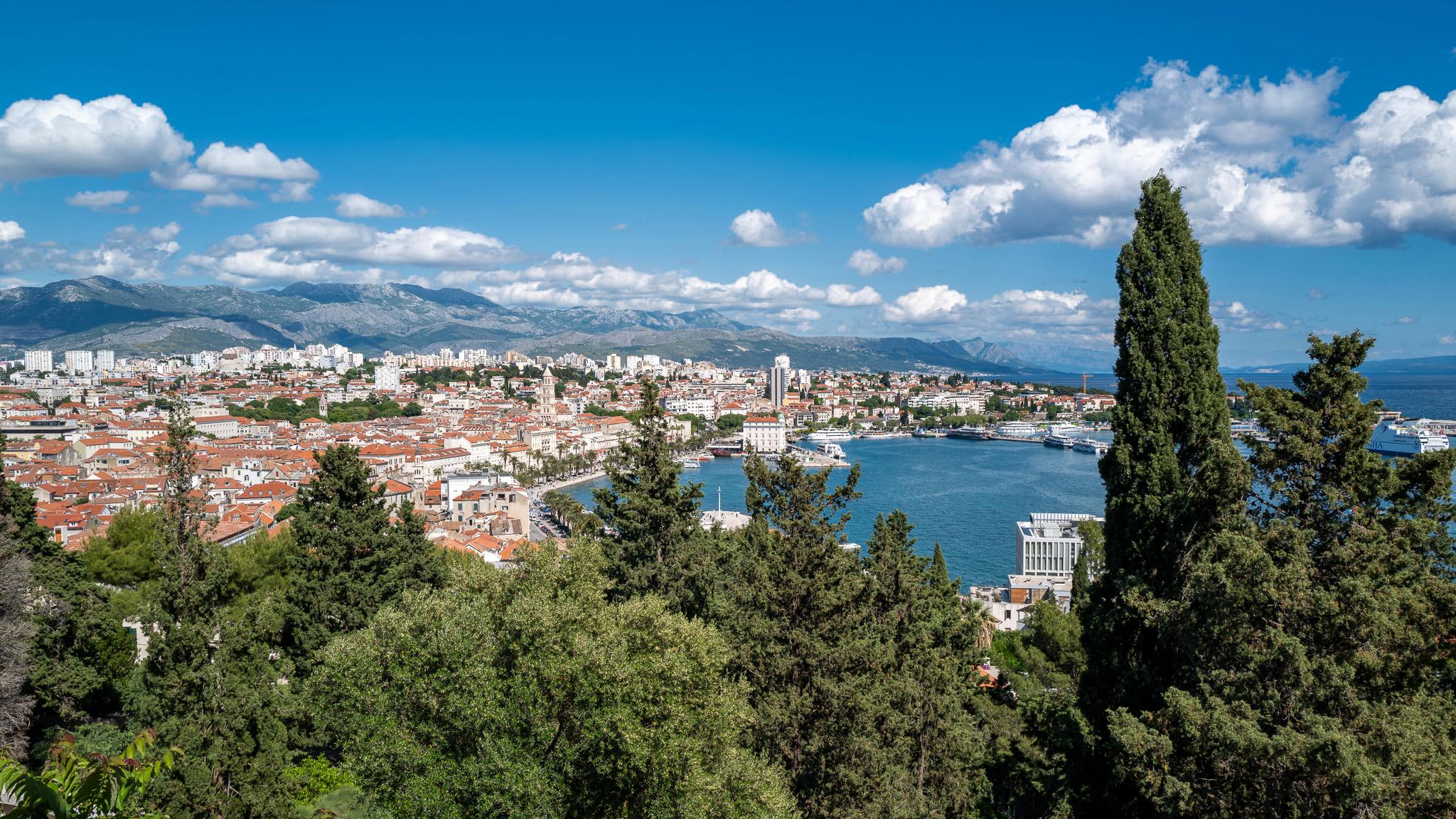
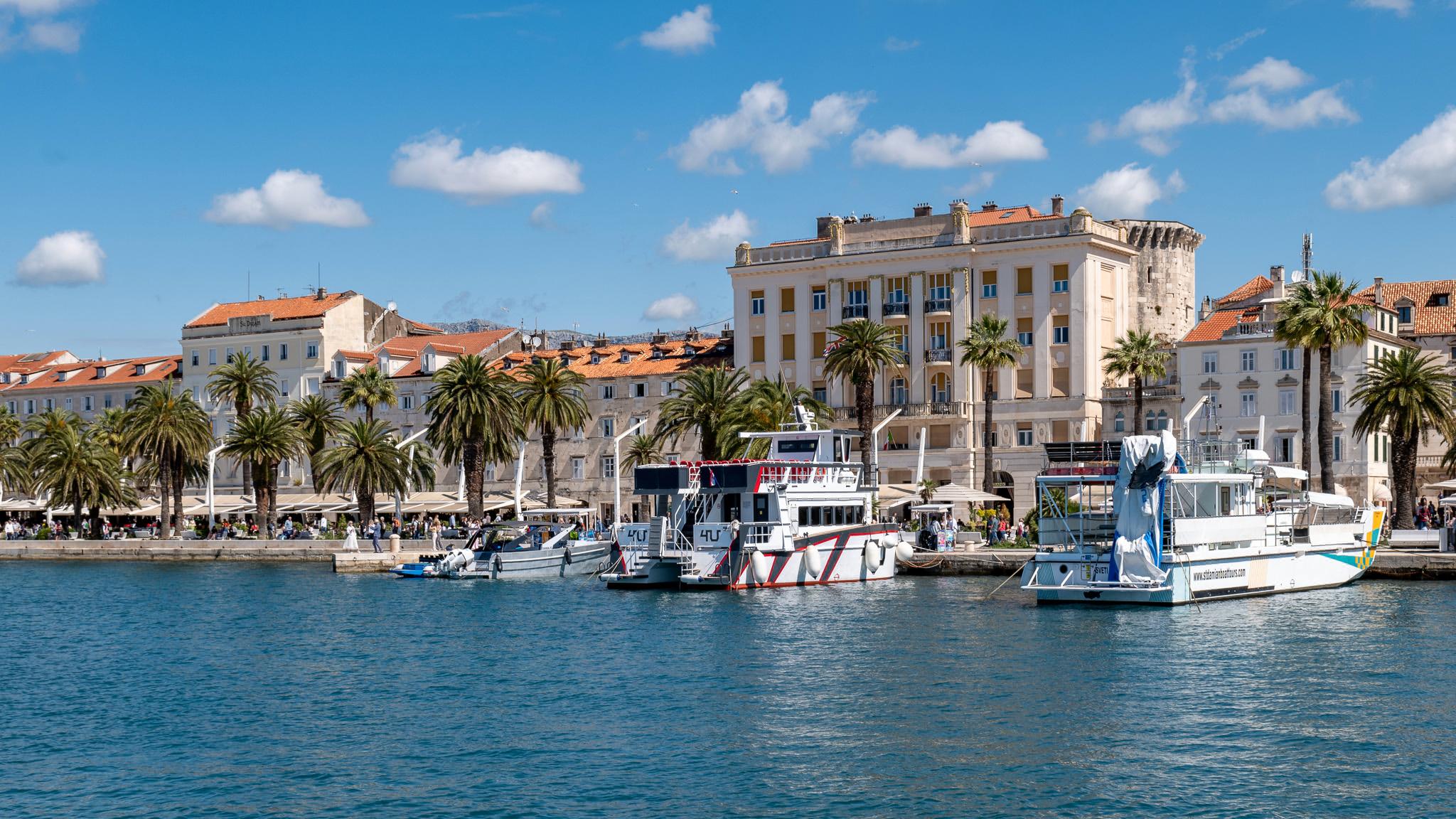
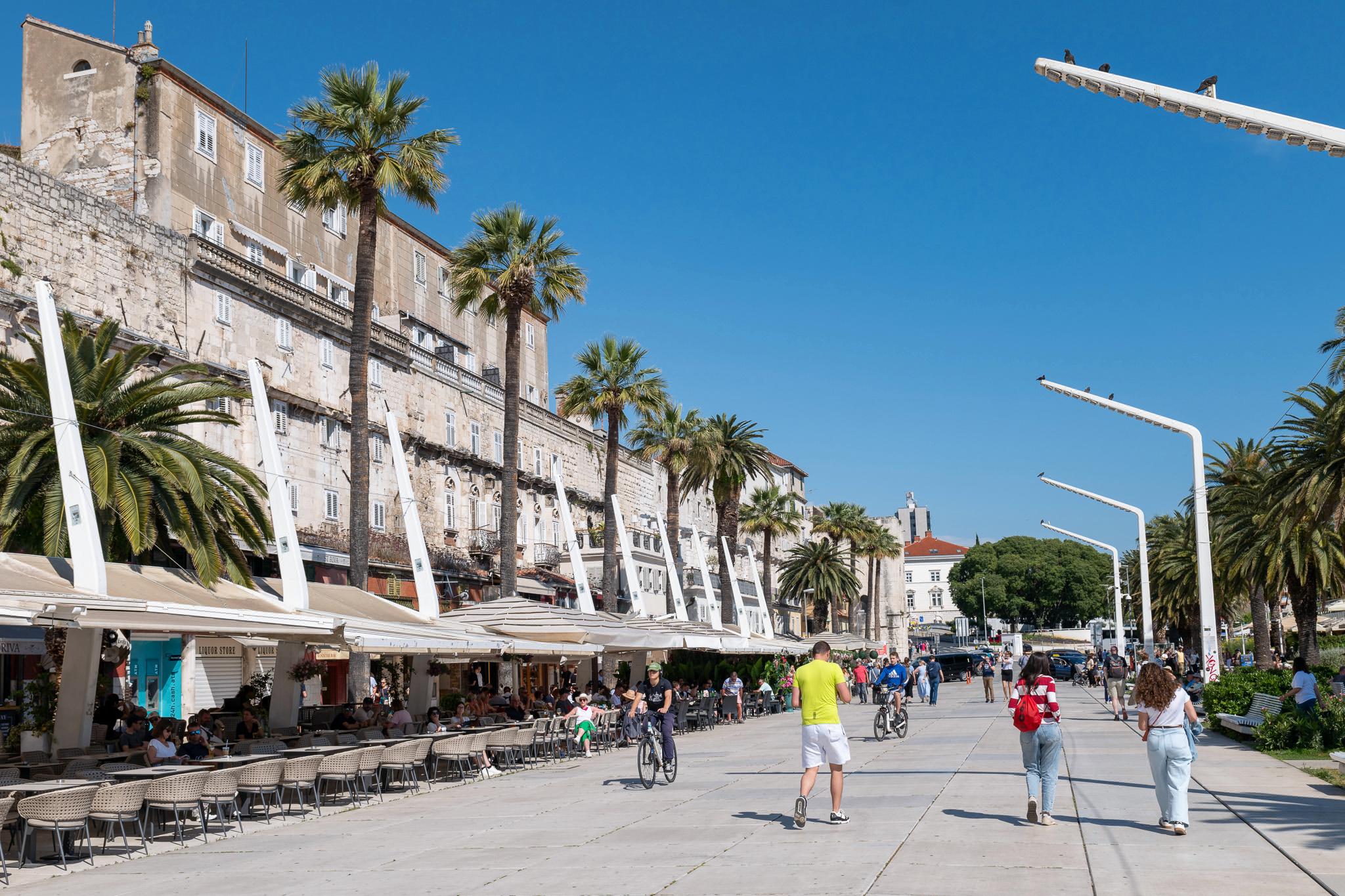
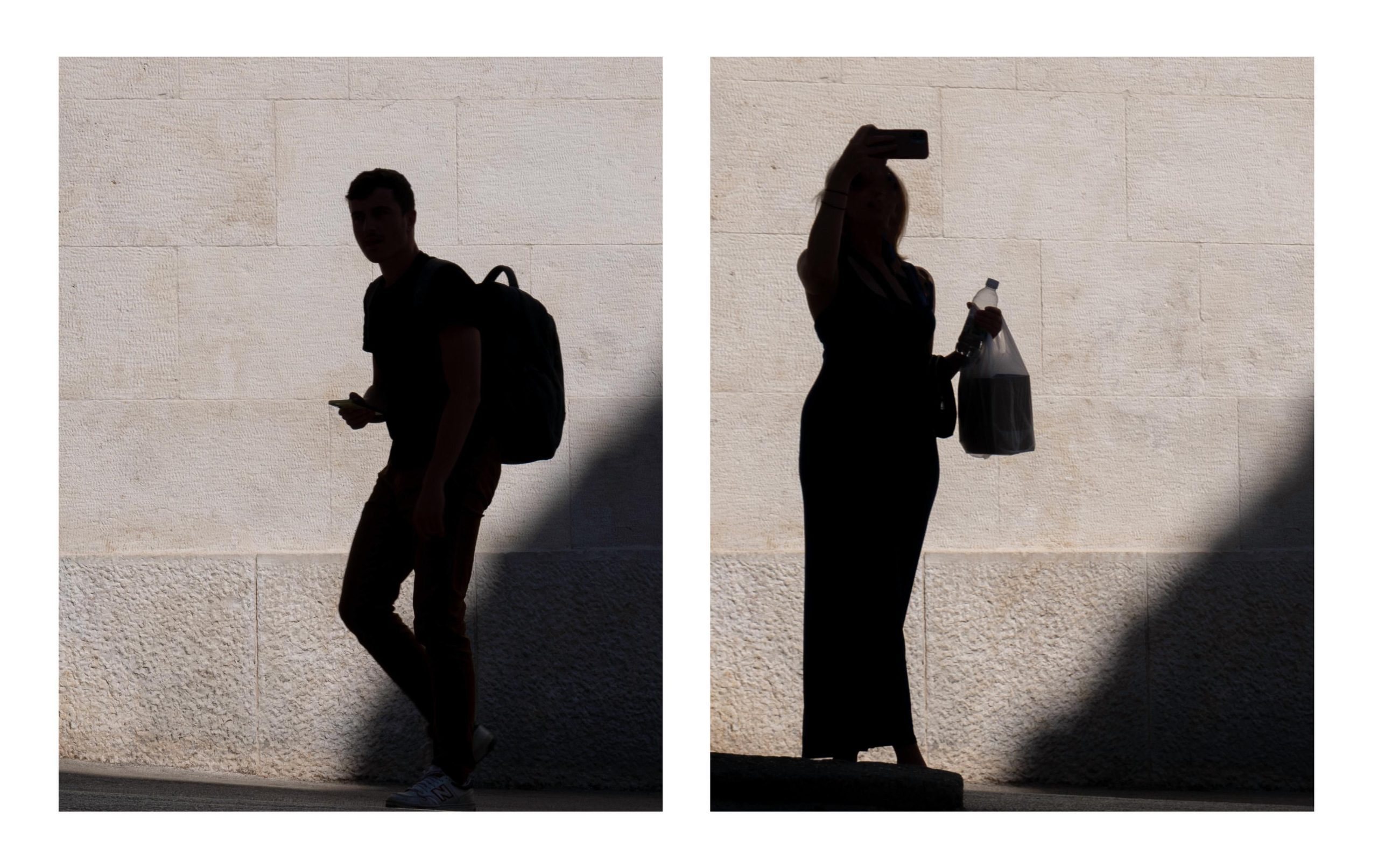
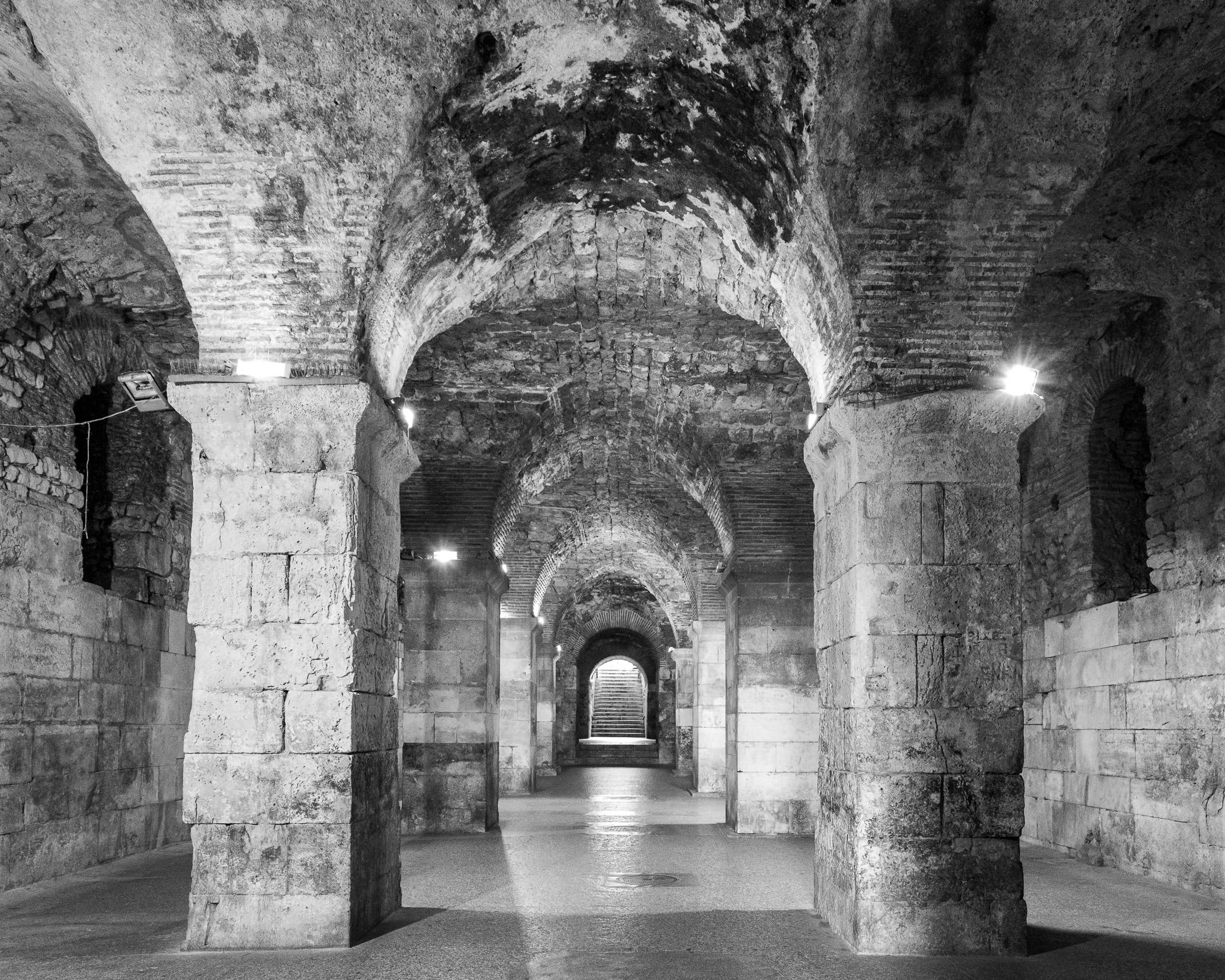
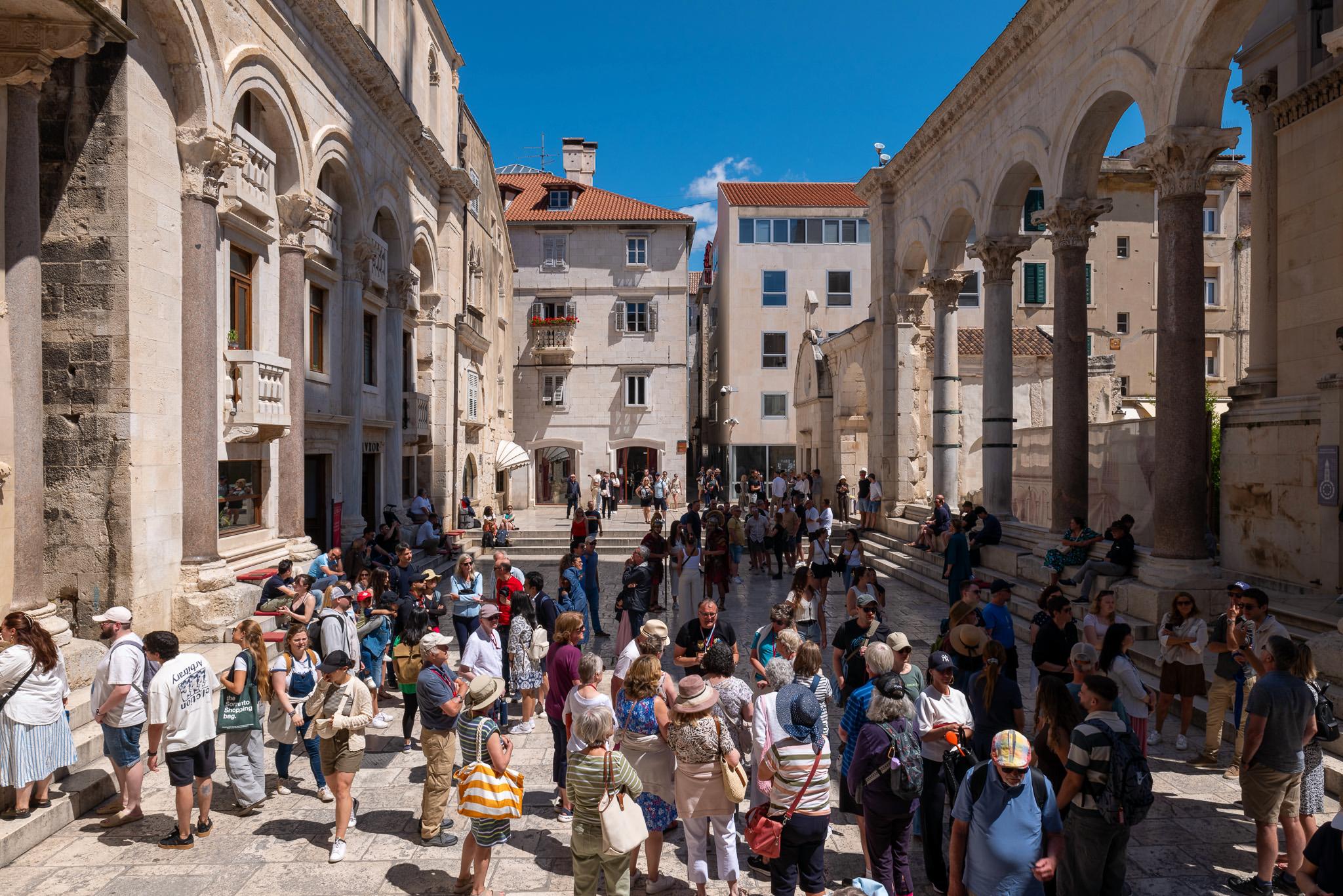
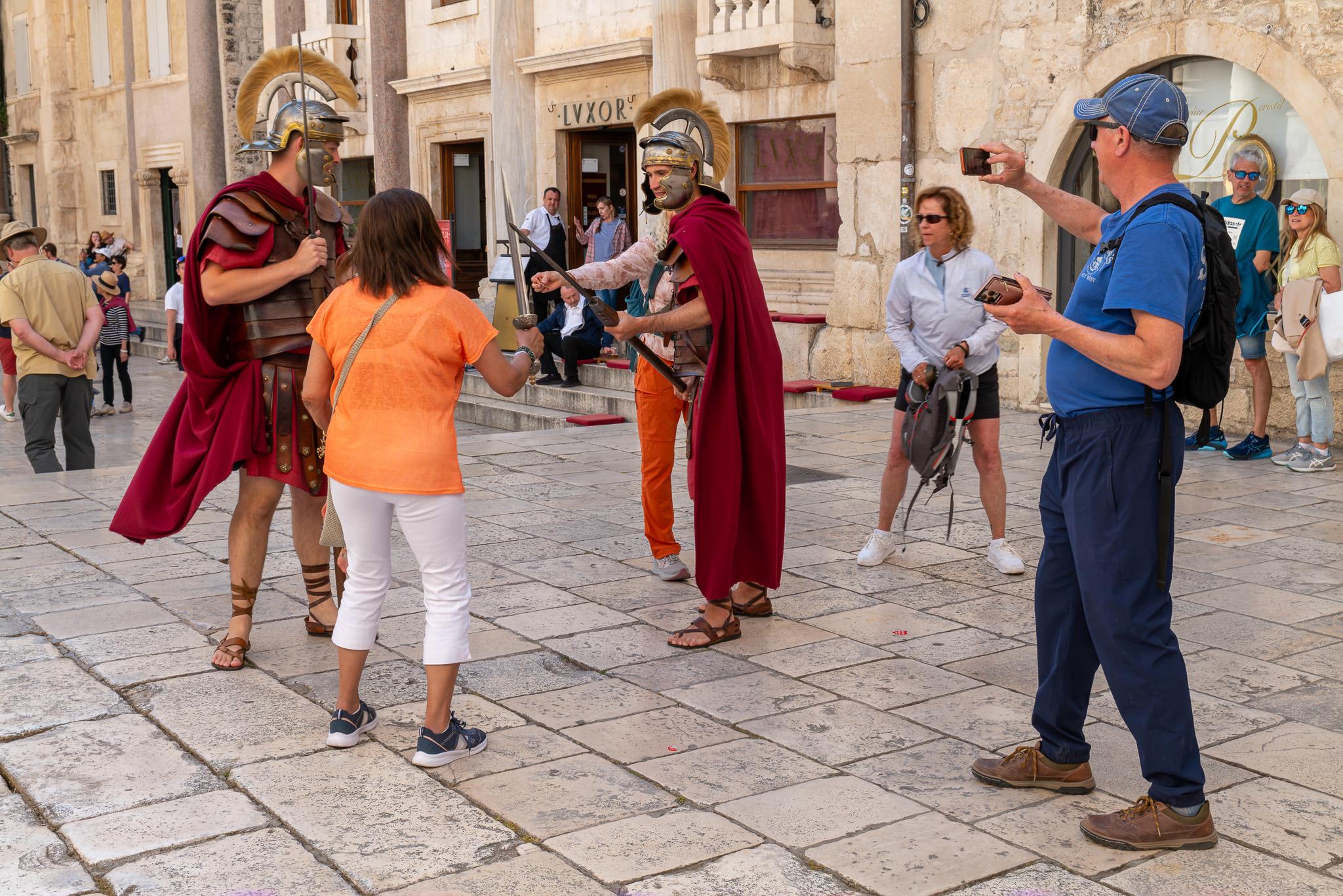
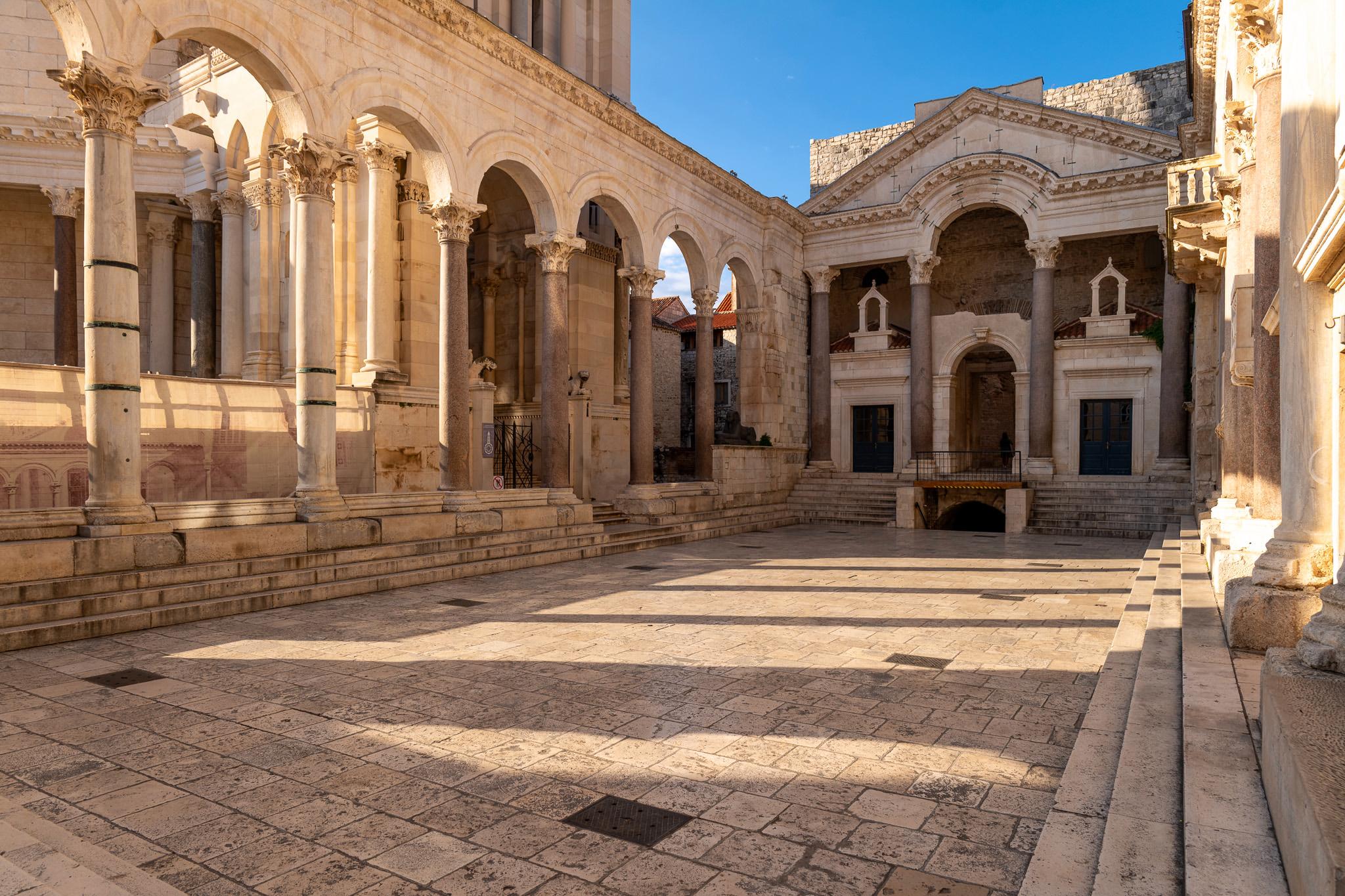
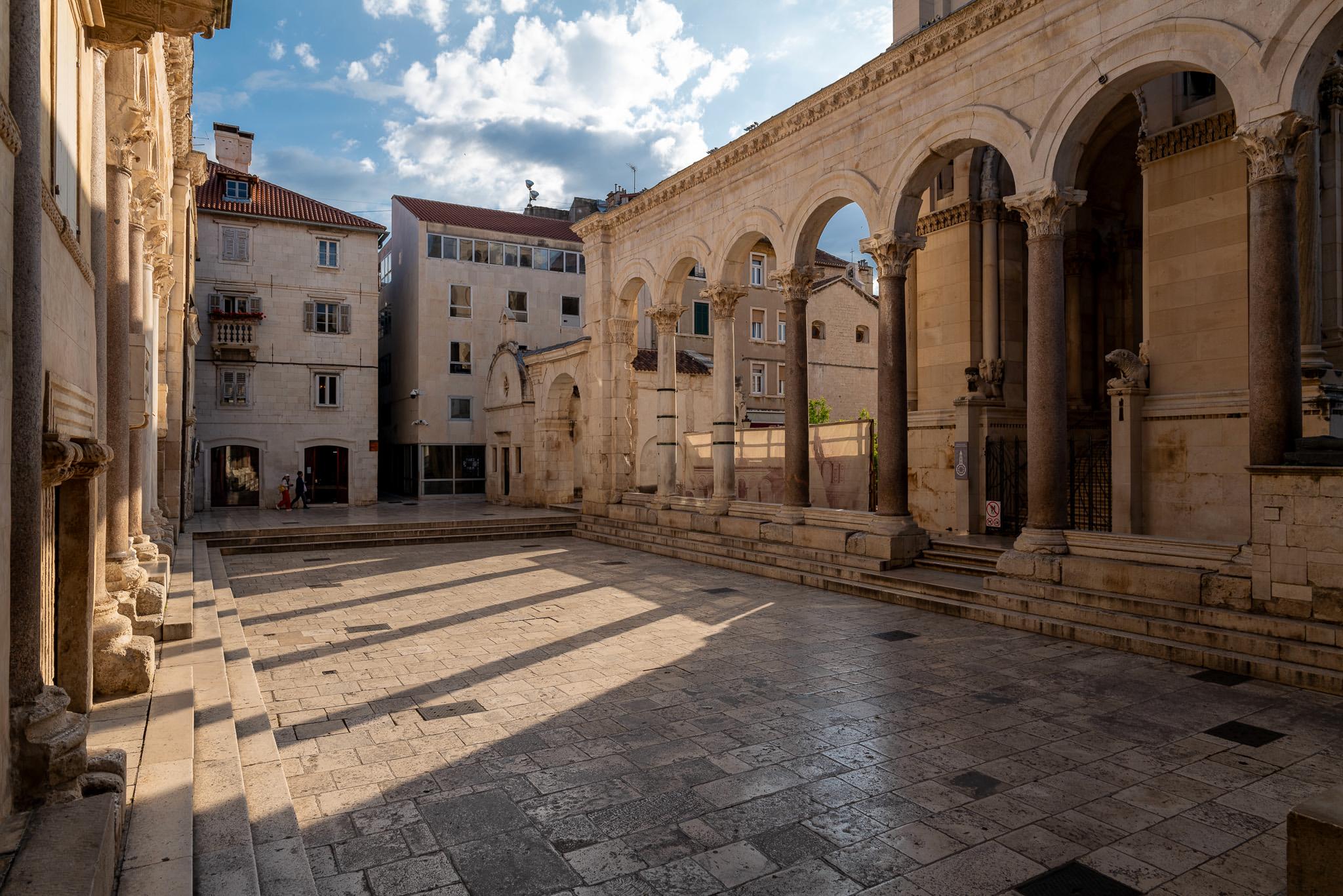
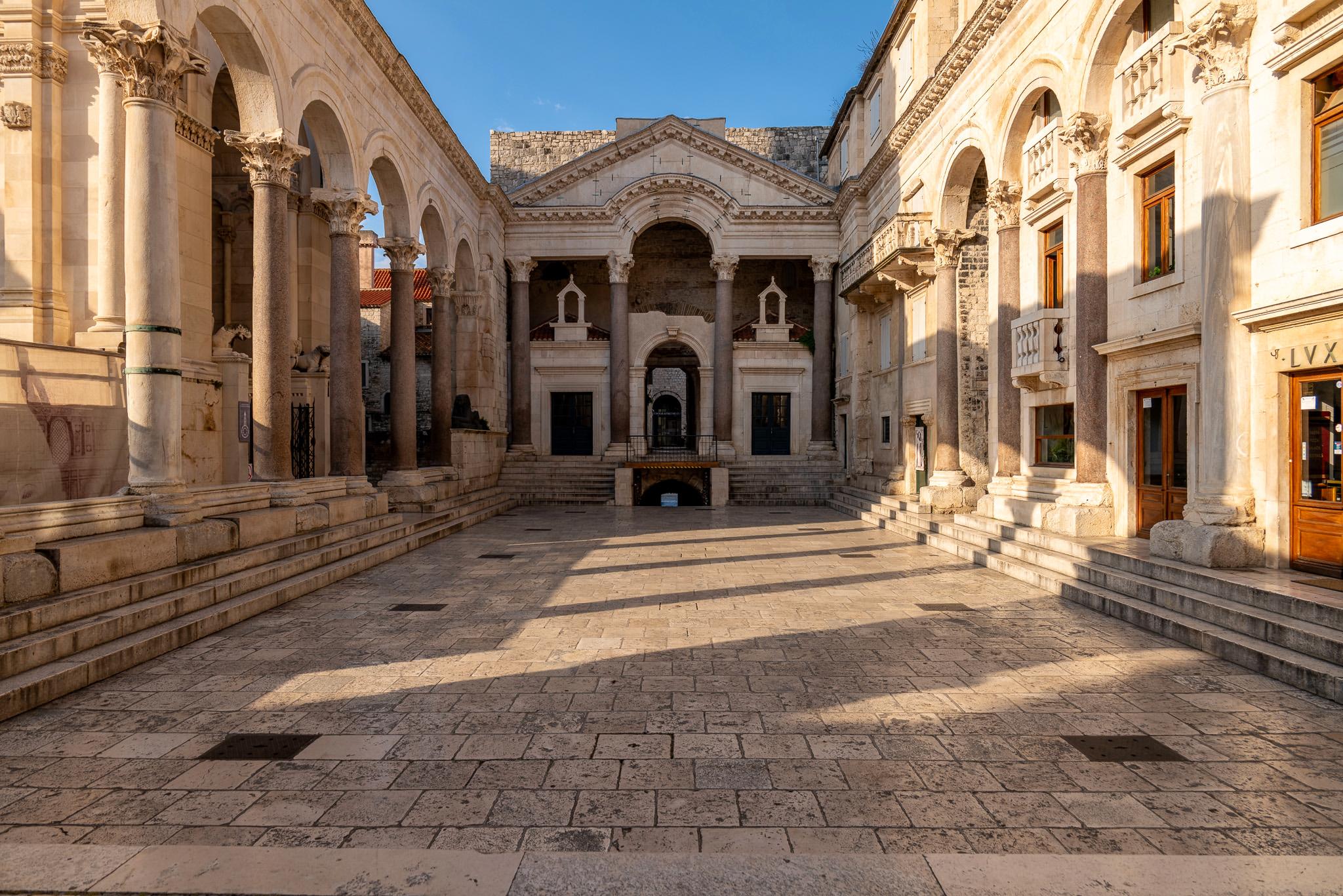
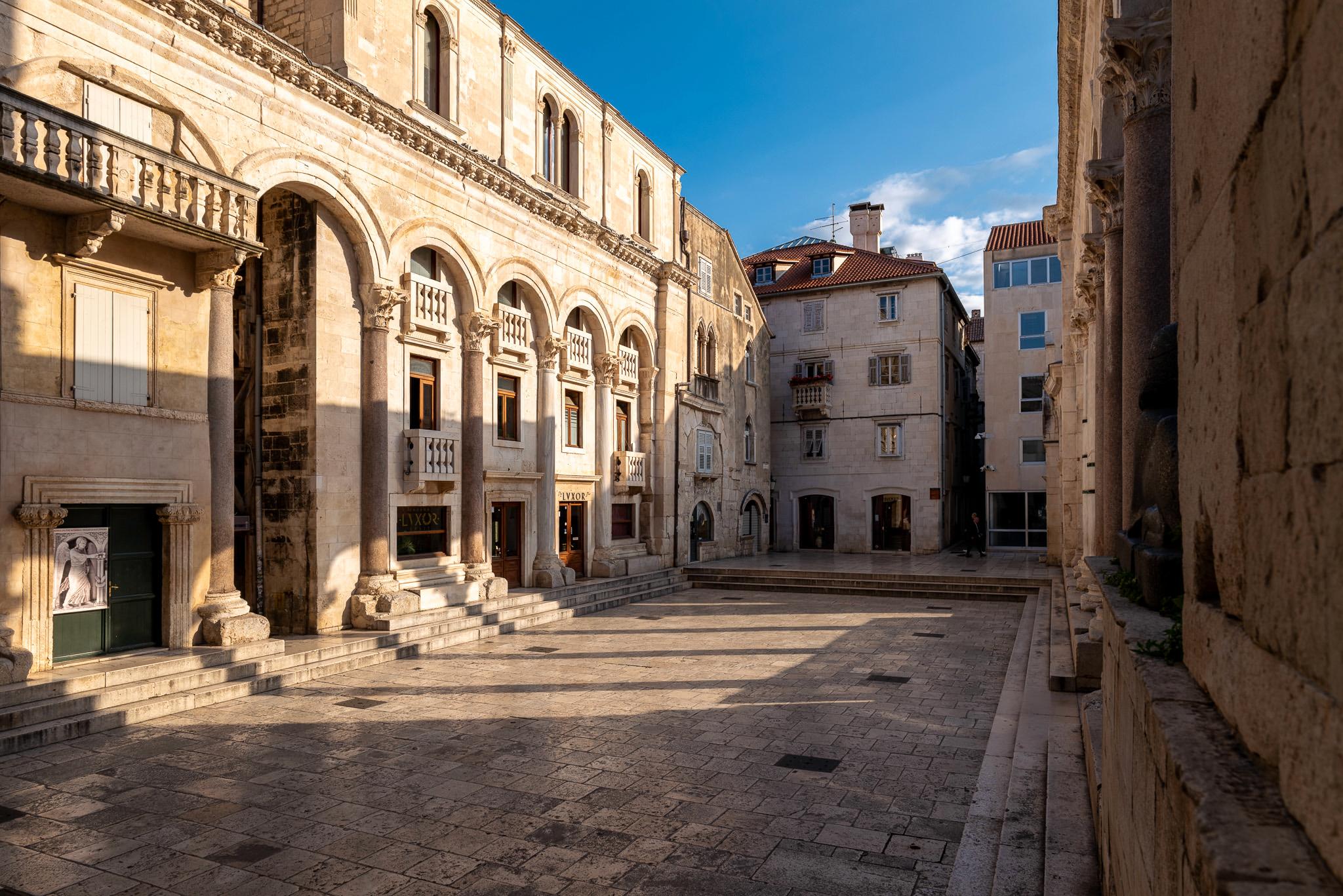
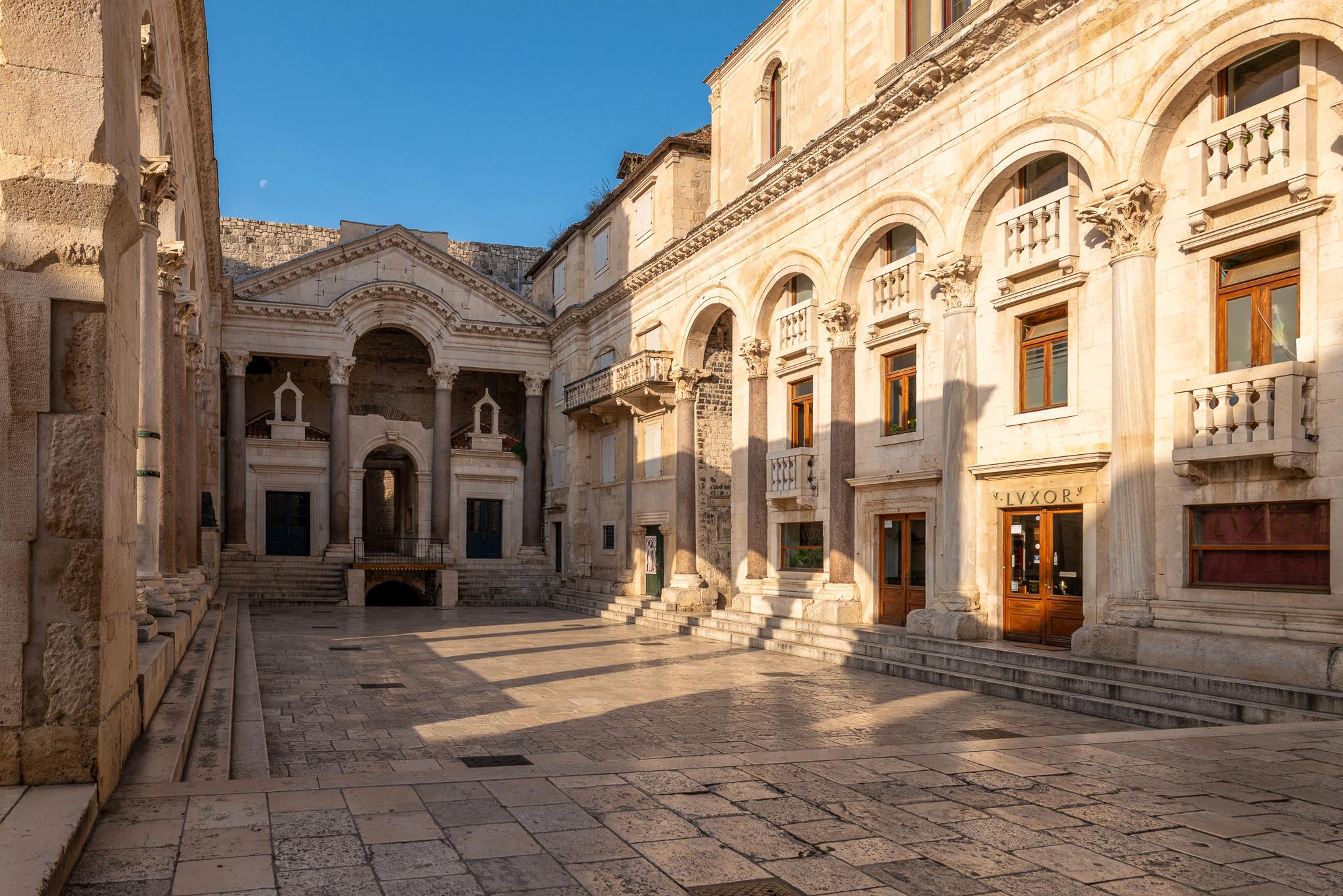
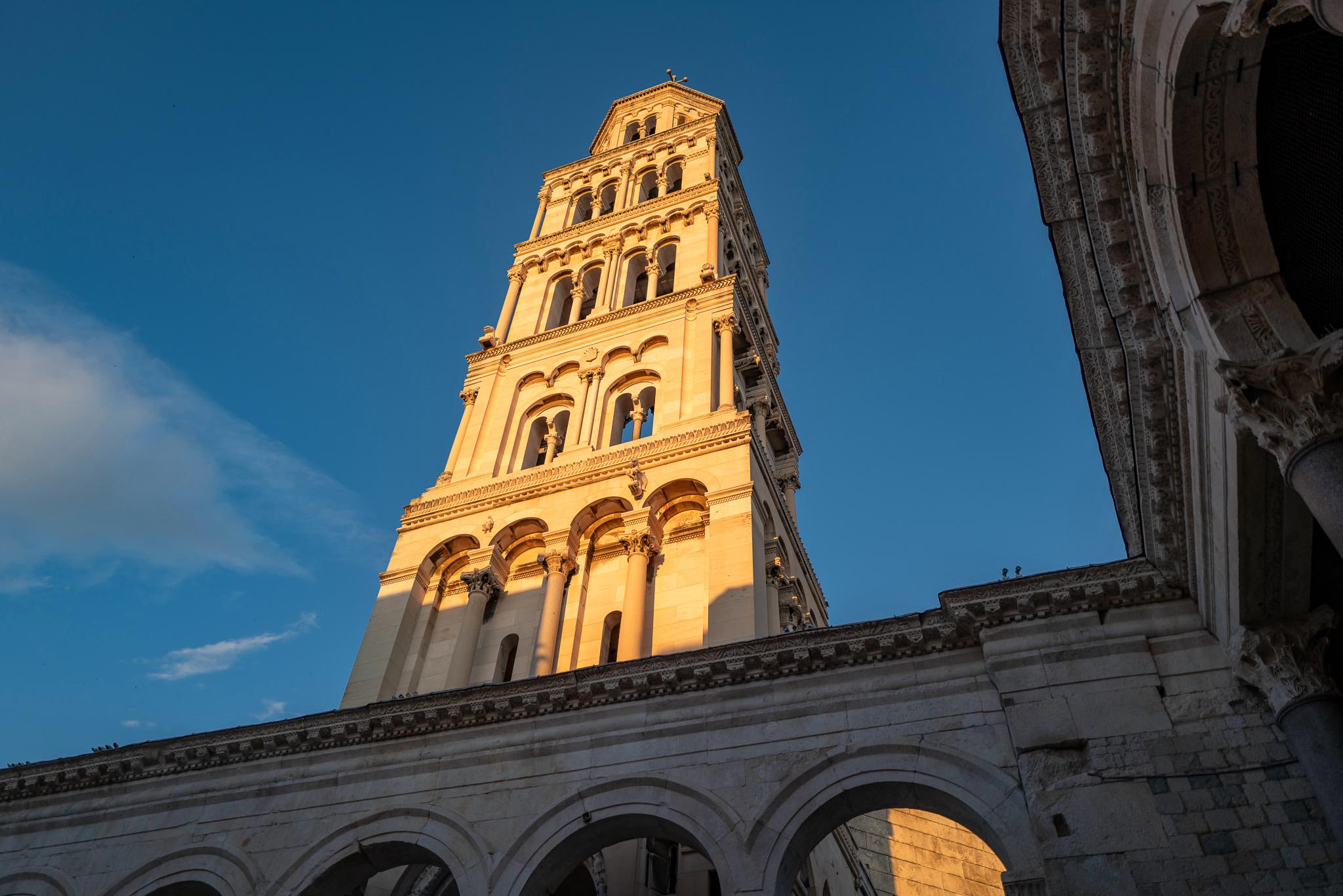
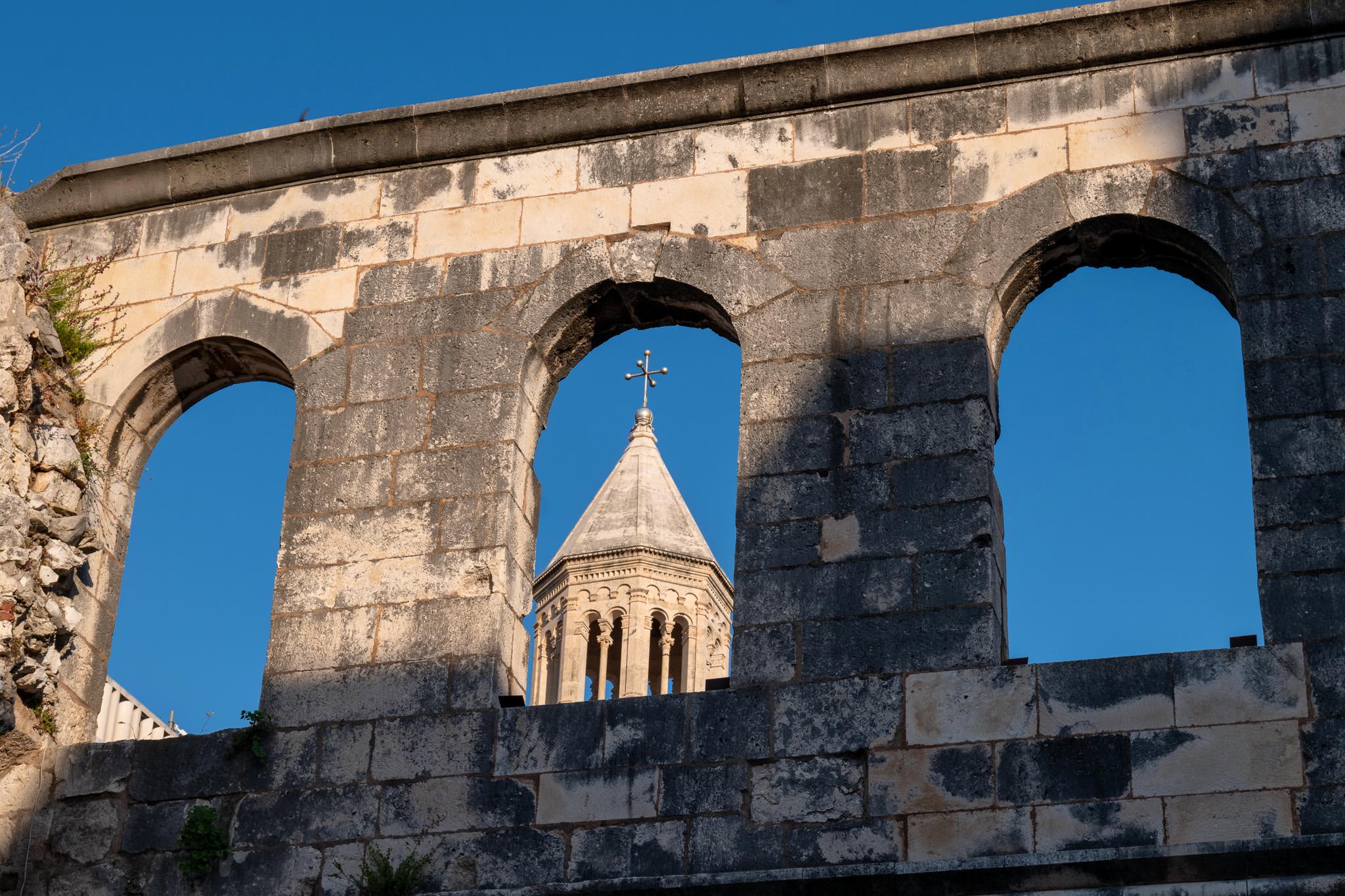
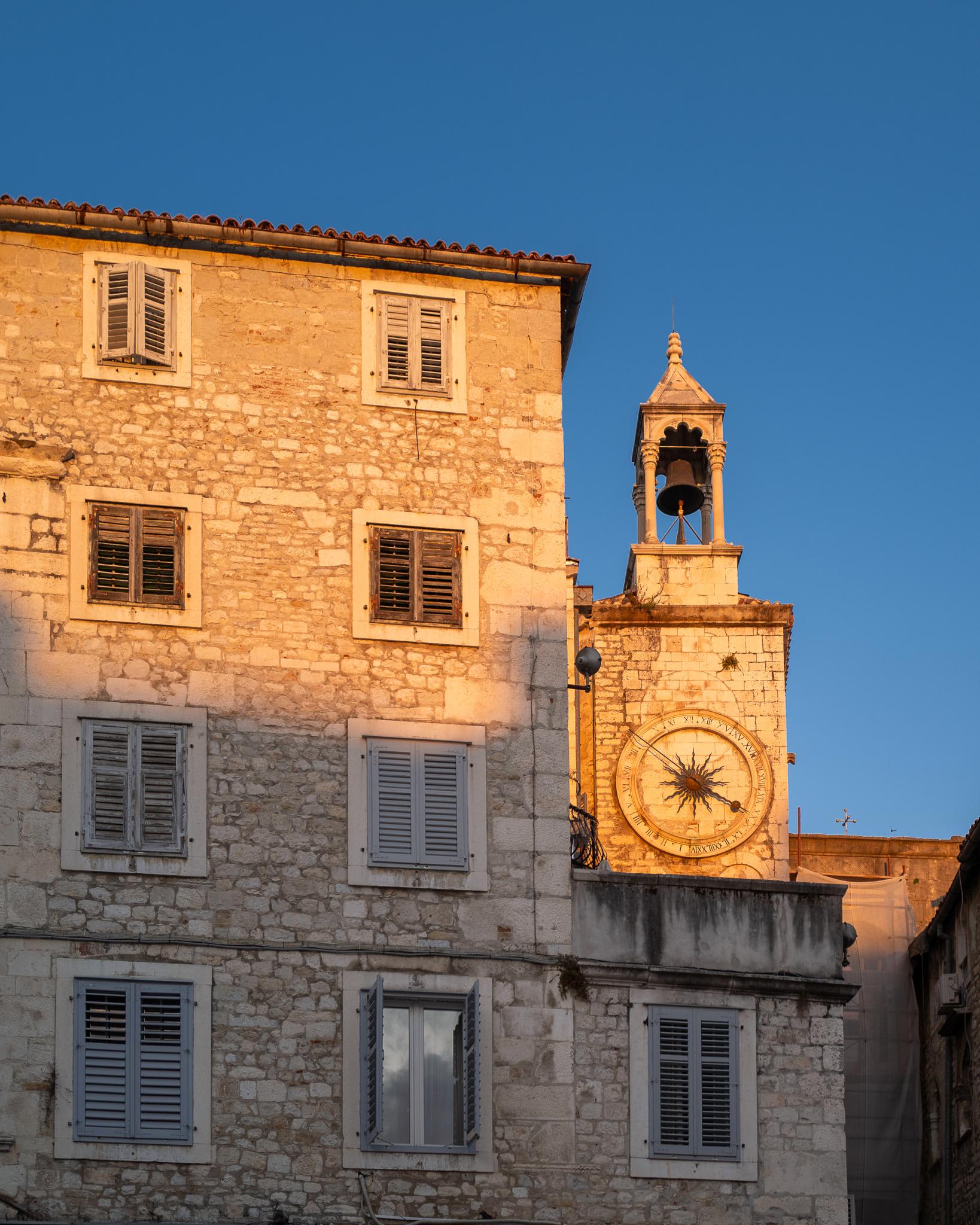
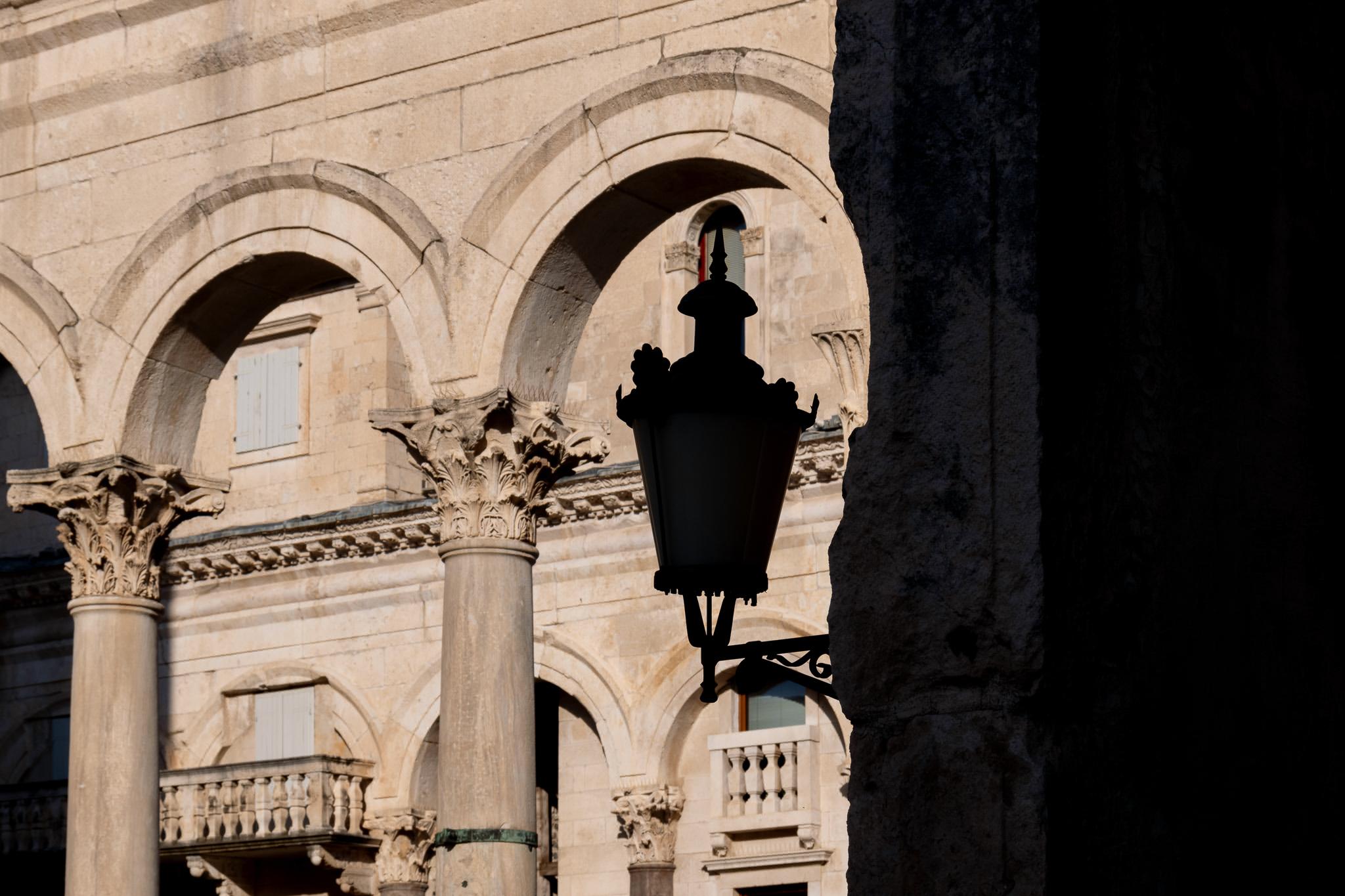

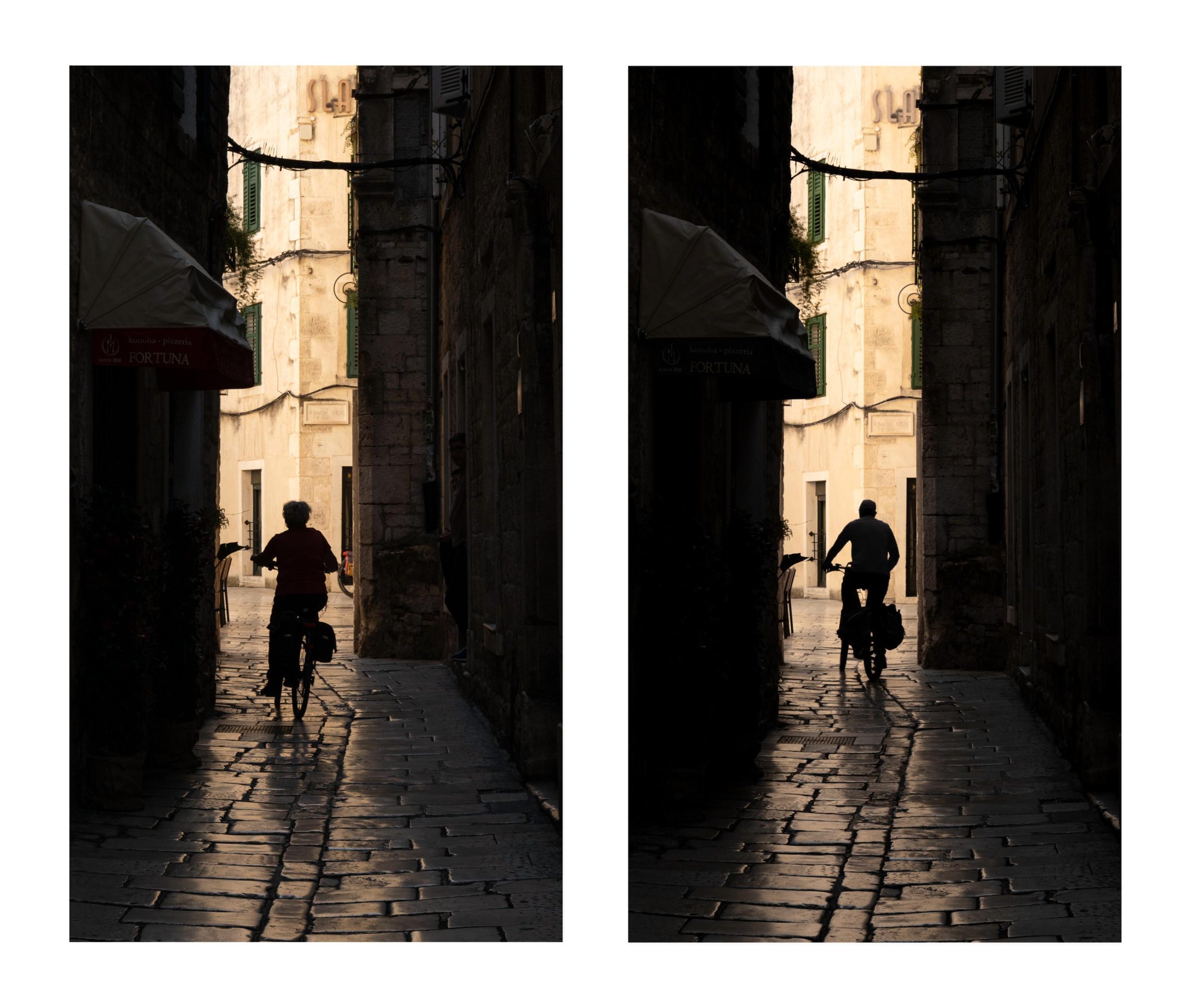
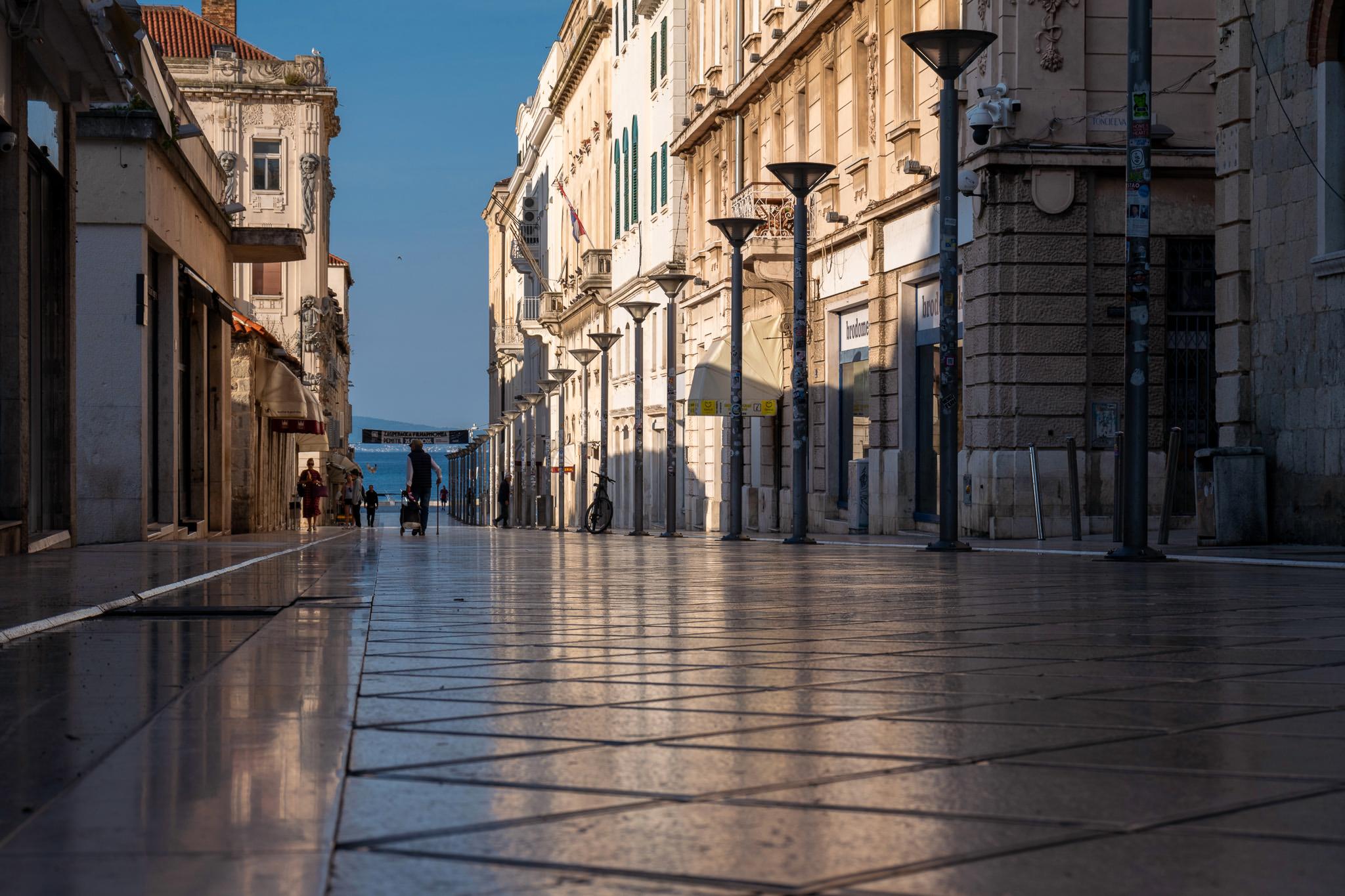
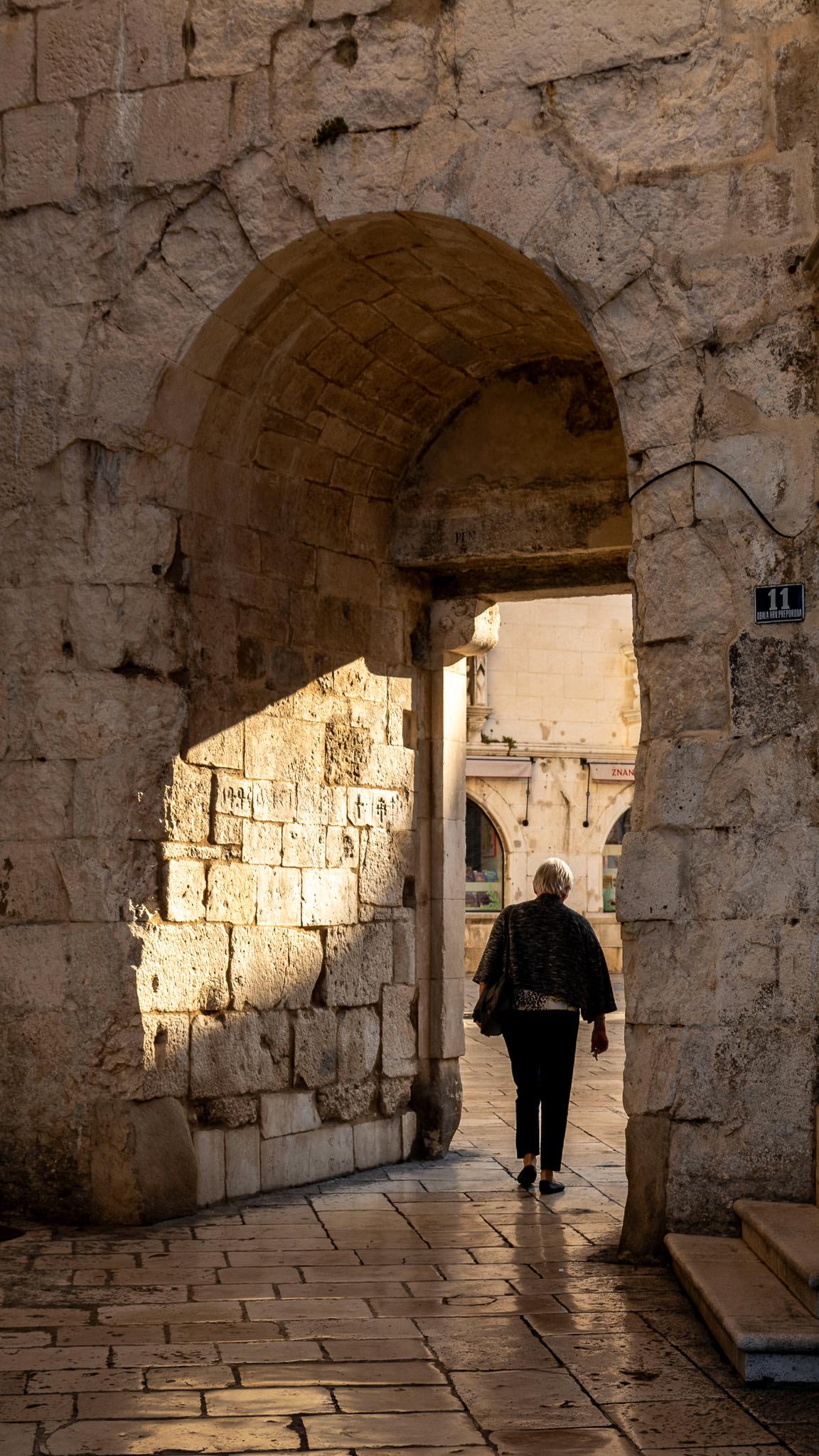
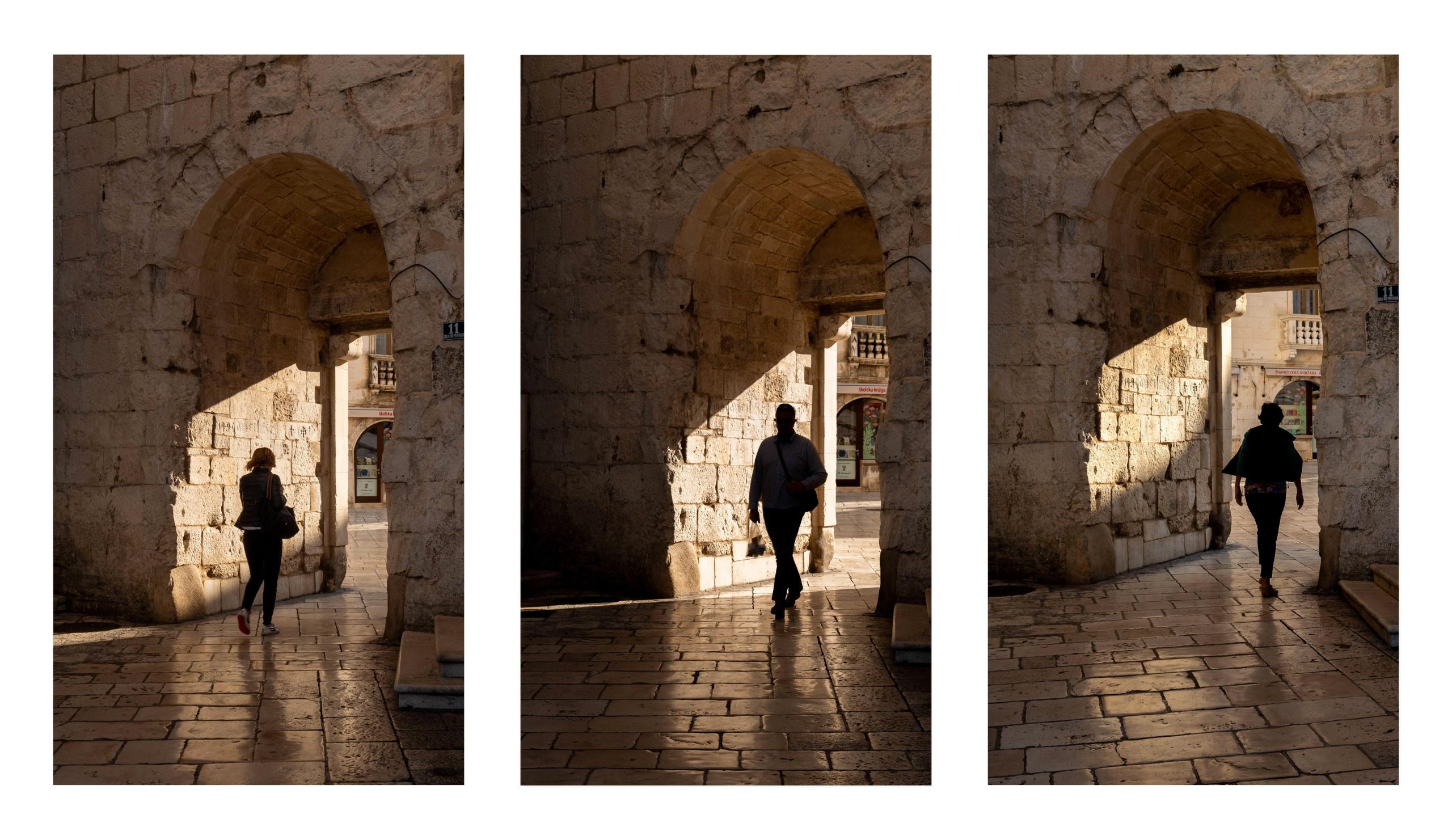
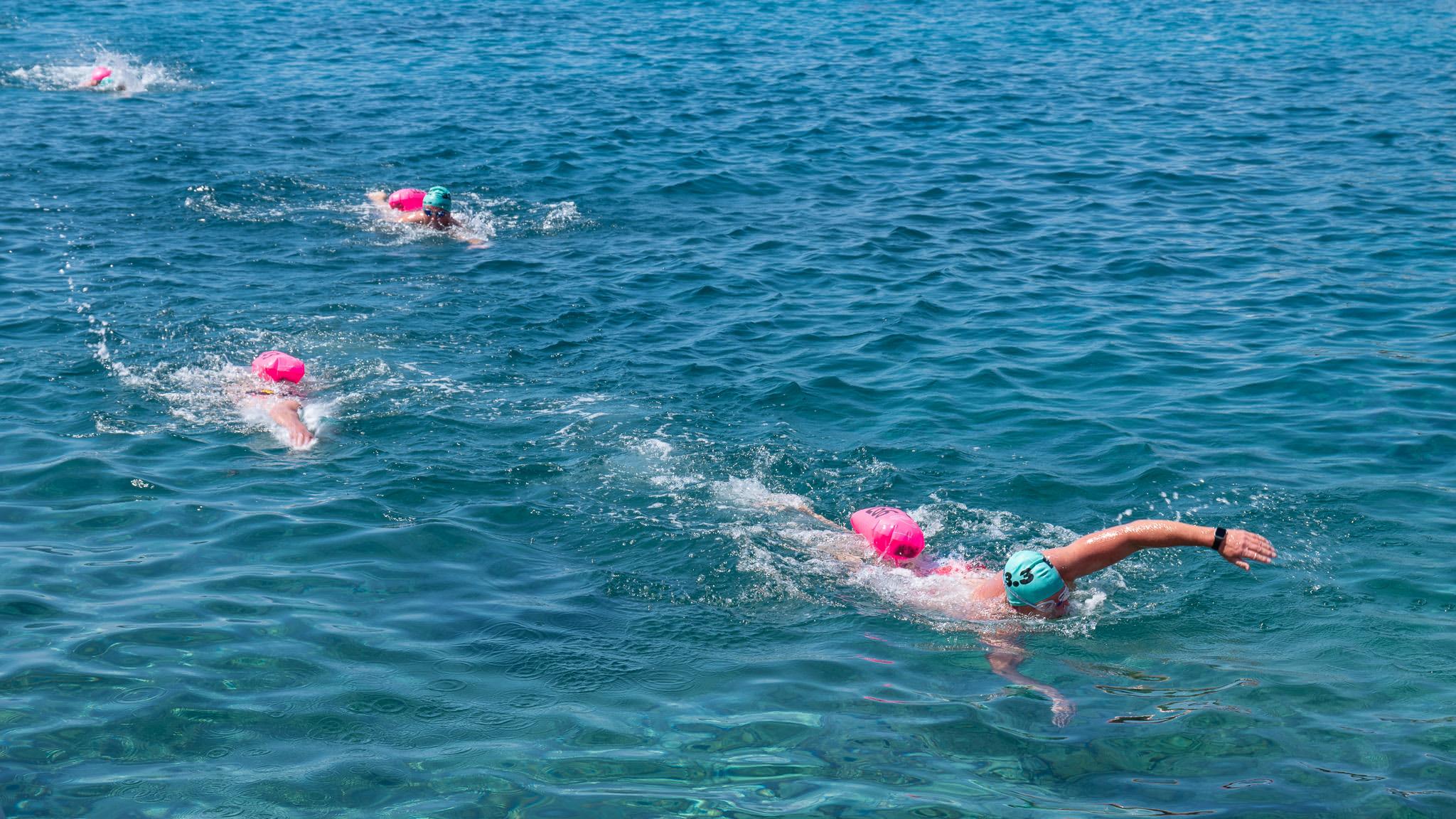
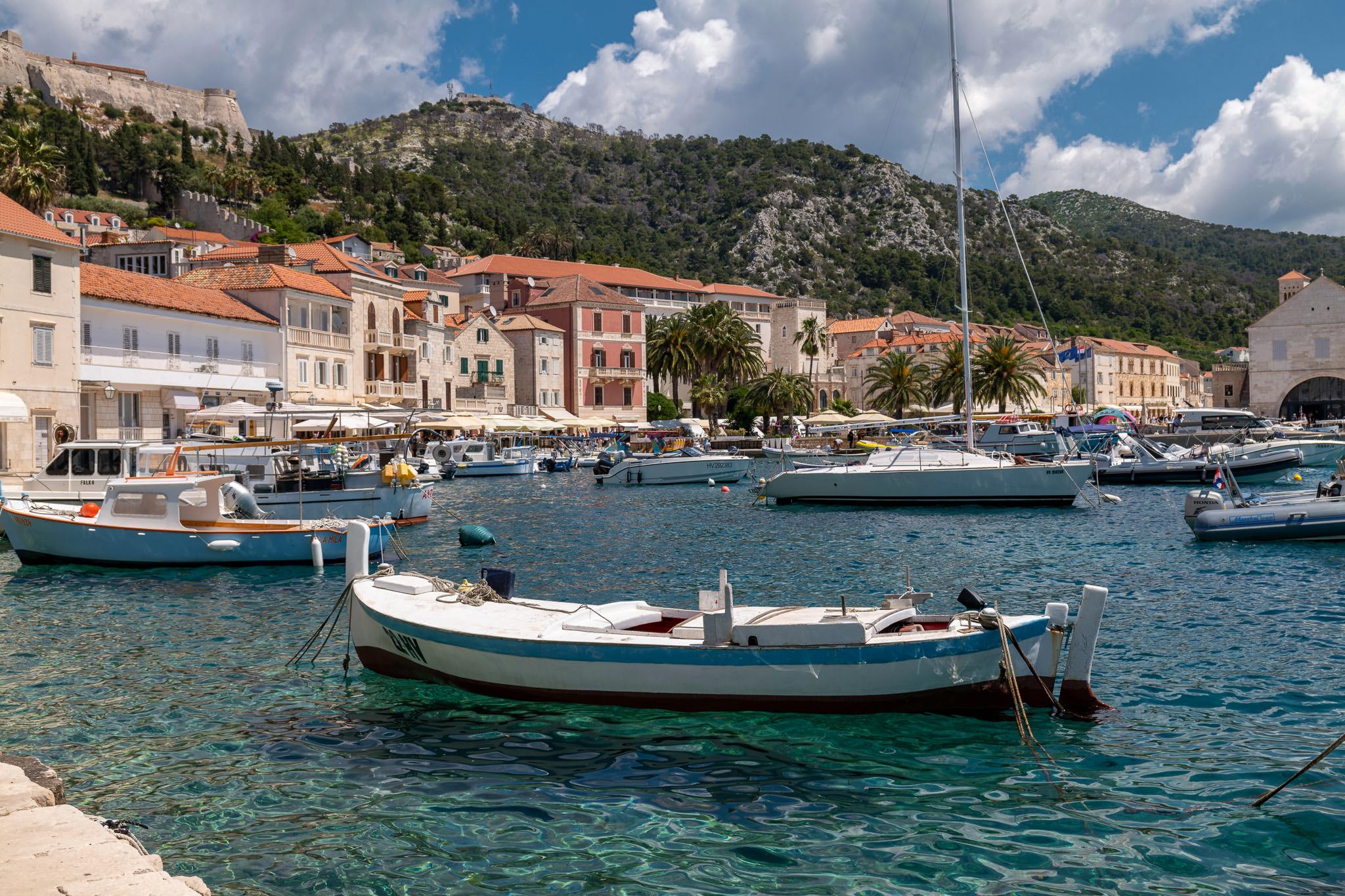
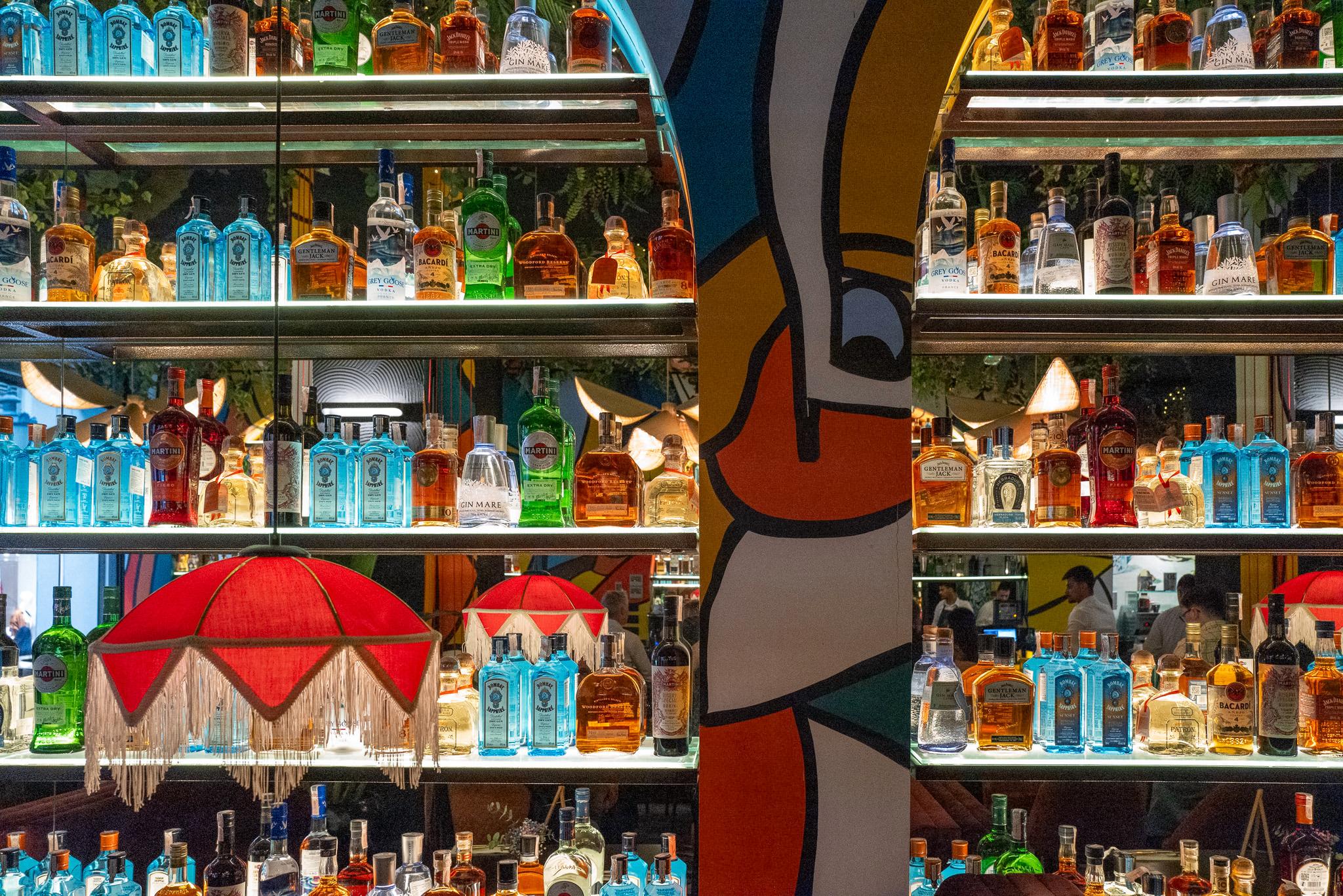
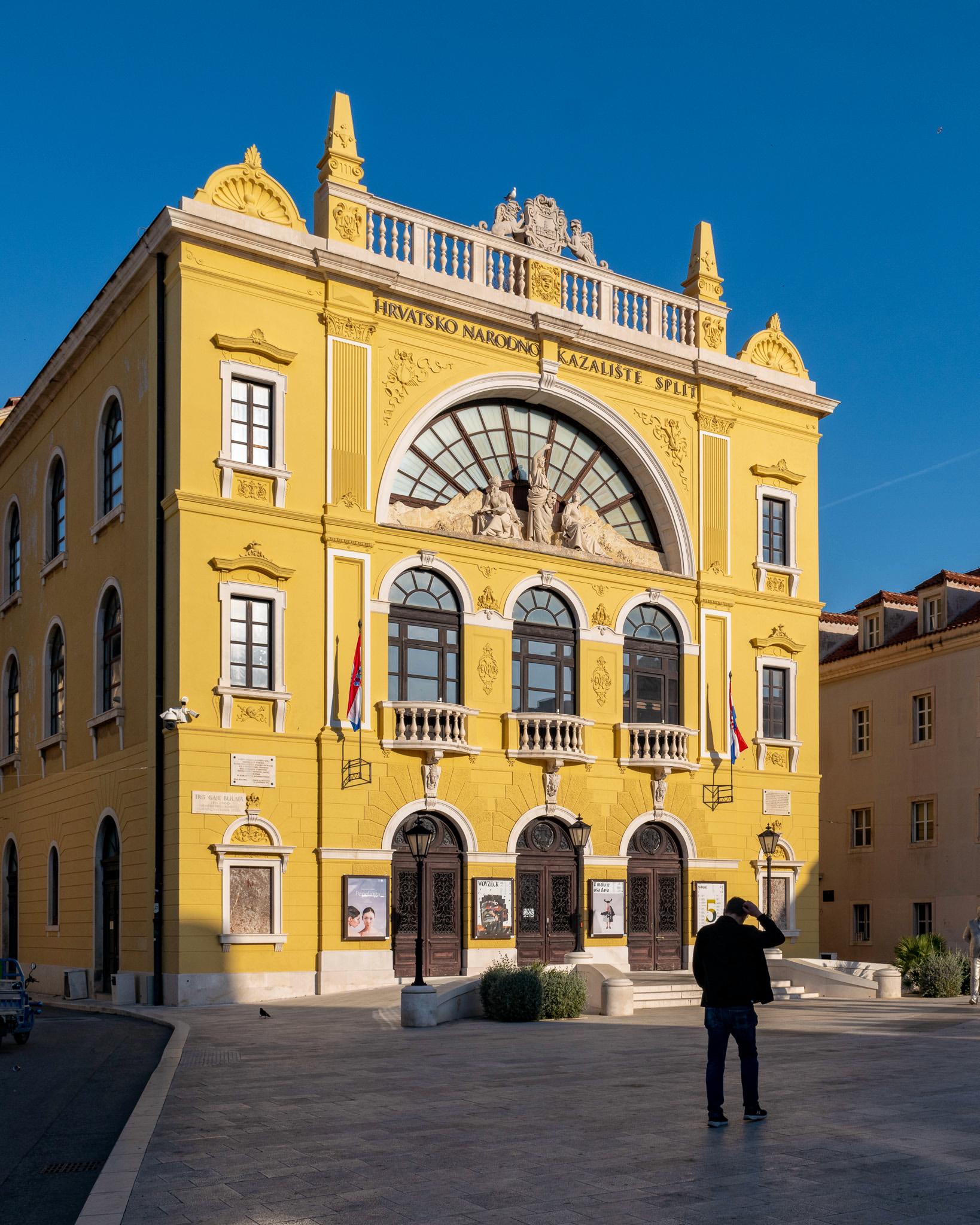
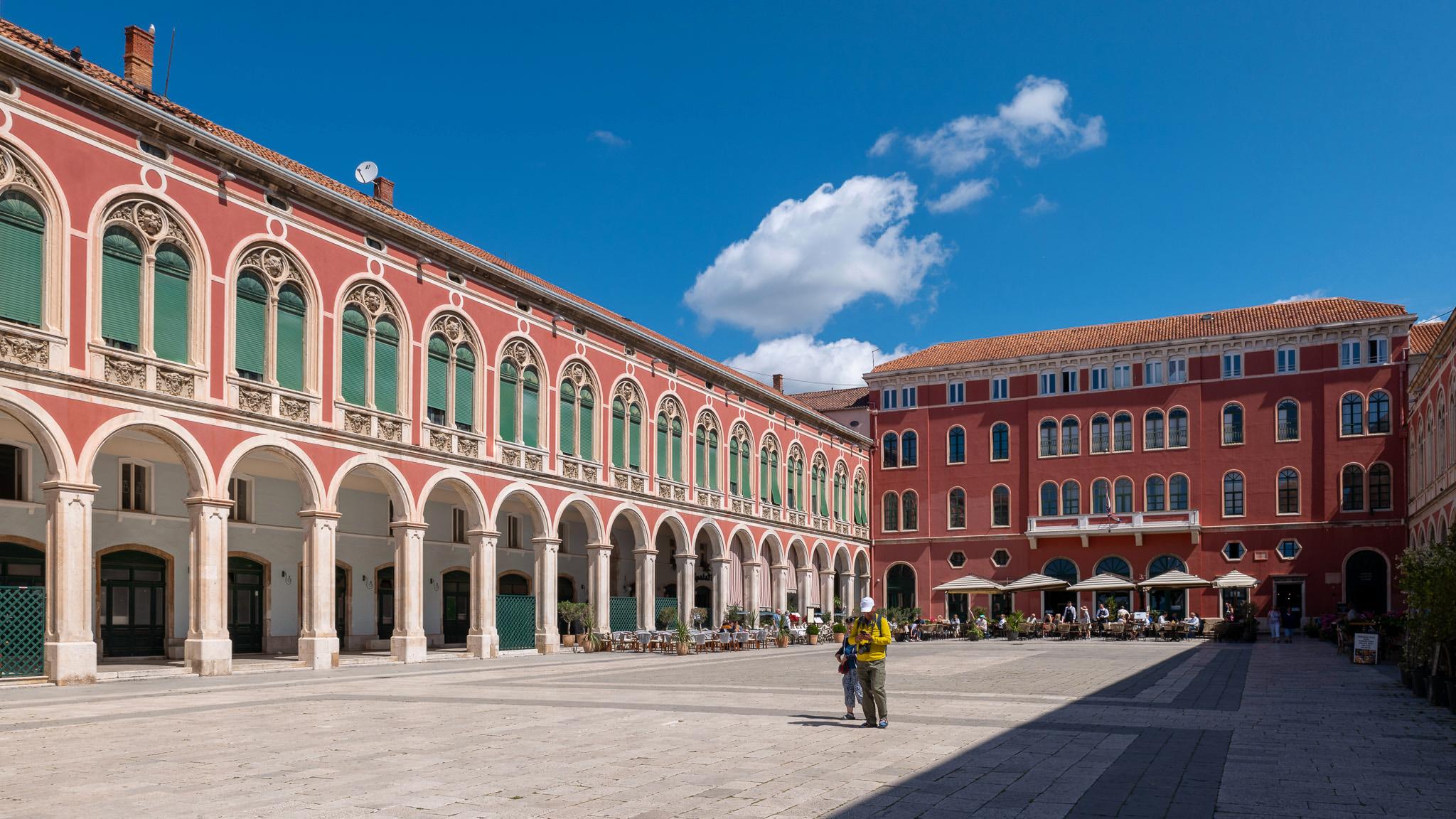
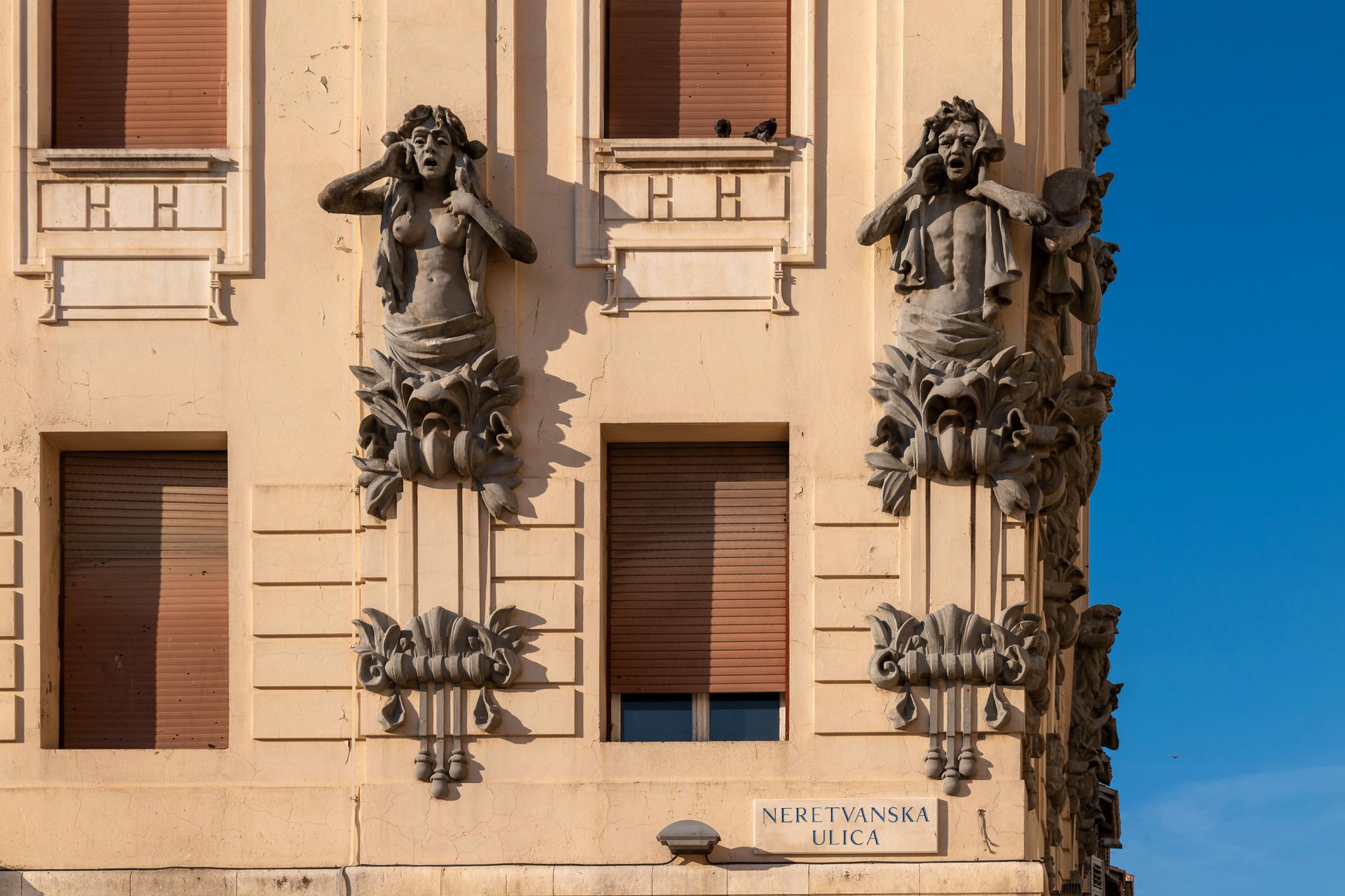
Enjoyed the photo set and story. Nice work getting up early and beating the crowds. The empty photos of the palace are a standout.
Hi Michael, and many thanks! Having seen the early morning antics that some landscape photographers get up to in order to catch the perfect light – rising in the early hours of the morning and hiking miles in the freezing cold – I consider my efforts to be pretty modest! If you are in a heavily touristed city though, the early-bird approach really works. All the best, Keith
A wonderful retrospective of your trip Keith. I am so glad you enjoyed using your Q and that it clearly served you well producing some lovely images.
I am looking forward to your next one already!
Cheers
Mark
Thanks Mark! The Q-series are indeed fantastic cameras for the travel photographer. I am a big fan of the original 28mm f/1.7 version. The star of the show, though, was the LUMIX 20-60mm f/3.5-5.6. Such a versatile focal-length range, and so light and sharp. All the best, Keith
My favorite photo was “in search of a cup of coffee….”. Not just because it’s a really striking photo. But, because it illustrates that one doesn’t get photos like this by simply ‘being in the right place’. It takes determination, practice, skill and judgement — when I see the photo, I see all of that.
Besides — I enjoy a human sized view on this old architecture 🙂
Hi Kathy, many thanks for your comment! I try to be on the lookout for spots like the one in the photo, where there is a chance of juxtaposing a human figure with interesting architecture or shadows. It definitely requires some patience, and a willingness to just ‘hang around’. There are plenty of occasions when I have given up and begun to wander off, when if I’d waited another few seconds I could have captured a great shot. All the best, Keith
Wow Keith,
that was worth the trip from Coronado to good old Europe. A stunning collection of images, especially the early riser ones. These old villages and cities have so many spots to discover. And one always misses a couple of shots. I’m glad you found a useful balance between camera and you lovely company.
We are looking forward to see the second story.
Greets
Claudia & Dirk
Thanks, Dirk! It definitely pays to sneak away on your own occasionally, even when traveling with others, so that you can wander around hoping for inspiration. Split and Dubrovnik proved to be the perfect places to do that. It’s even better when you can take a photo-walk when there’s great morning or evening light! All the best, Keith
Thanks for sharing this Keith! I want to go…haven’t been yet.
I especially like the diptychs with the shadows, and the silhouettes of bicycles with reflecting cobblestones.
Looking forward to seeing Dubrovnik through your eyes 🙂
Hi Joel. I hope you get a chance to visit. You would have a whale of a time. I enjoyed my time in Dubrovnik even more, and if you can believe it, I found it even more photogenic. Coming soon! All the best, Keith
Picture #25 of the cocktail bar is unique and colourful, Keith. I agree with your assessment that Croatia has enormous potential for any photographer.
Thanks, David. The Picasso Bar was a real find – great ambience and very colorful. Photography and cocktails go together well! All the best, Keith
Delighted to have “nudged” you. That was an excellent travelogue with a very good mix of “documentary” style photography and more considered compositions. Getting up early looks like a winning strategy too. Good work!
Thanks, Andrew. I usually try to squeeze some solo walking/photography time into my trips, which I find essential for spotting interesting scenes to photograph. Early morning jaunts are proving to be a good way to do that, and are usually not considered antisocial, because everyone else is relaxing in bed with a nice cup of tea! All the best, Keith